Oaxaca Día de los Muertos: Celebrate Day of the Dead (2024)
An In-Depth Look in the Catholic Origin of Día de los Muertos the Altar, Bread, Traditions and Parades in Mexico
contents
Thanks to Pixar's 2017 animated film Coco, the celebration of El Día de los Muertos or Day of the Dead has become more familiar and accessible to the average American. However, for those initially unfamiliar with the customs behind the celebration, the sight of Mexicans hosting elaborate parties for the deceased can be seen as morbid. Seeing as this tradition has its roots in the pagan and cannibalistic sacrifice rituals of the ancient Aztecs.
However, I believe it is safe to say that most preconceptions change when one visits Oaxaca in late October and experiences firsthand how we honor death as a distinguished guest while celebrating and paying homage to our heritage. Because Día de los Muertos in Oaxaca is a unique and immersive experience that can be enjoyed and celebrated by everyone. As each individual can choose how they want to participate in the tradition, based on their personal beliefs or comfort levels.
Should you explore the streets of Oaxaca Centro during the Día de los Muertos season, mid-October to the first week of November, you will witness firsthand the vibrant and lively parades, partake in traditional rituals, and embrace the festive spirit of this cultural festival. You will see store fronts adorned with marigold flowers and photographs of deceased family members. Some establishments even construct grand altars in their lobbies, becoming popular photo opportunities for both tourists and locals during the Día de los Muertos season.
・・・
What is Day of the Dead?
Día de los Muertos, or Dead of the Dead in English, commonly referred to as Muertos in Oaxaca, is a national holiday observed on November 2nd in Mexico. It is a cherished time when households construct elaborate altars adorned with marigold flowers, Mezcal, and food to honor and pay tribute their departed loved ones. Parades known as comparsas enliven the season as well, with the best ones taking place in the colonias (boroughs) beyond the city limits.
While the holiday is deeply rooted in both ancient and modern local Mexican culture, it is widely celebrated by Mexican expats abroad and individuals of the Catholic faith throughout Latin America as well, each observing the tradition in their own unique way.
Mexican families throughout each generation have created their own version of the celebration with some families adorning the gravesites of deceased loved ones in the same fashion as the altar back at home. Interestingly however, the actual holiday itself is relatively quiet in Oaxaca. As November 2nd is meant to be spent at home with family, and the city shuts down accordingly. With the majority of events and celebrations associated with the holiday take place in the two weeks leading up to November 2nd, creating the vibrant Muertos season that has practically become synonymous with Oaxaca.
・・・
When Did Day of the Dead Start?
The origin of the Day of the Dead is shrouded in mystery and draws from a blend of Catholic and Mesoamerican pagan beliefs that date back to pre-Hispanic times. In those ancient days, indigenous communities crafted human-shaped figures out of amaranth dough and adorned them with prickly pear juice, symbolizing the flowing of blood and representing those who had crossed over into Mictlan, the Aztec underworld.
During the colonization of Mexico, the Conquistadors were astounded by the pagan blood rituals practiced by native peoples in Tenochtitlán, the ancient capital of the Aztec empire (now Mexico City). In an effort to assimilate these practices into Catholicism, the Conquistadors strategically aligned this pagan festival, originally celebrated in the summer, with the Catholic holidays of All Saints Day and All Souls Day at the beginning of November.
The Catholic History and Where Day of the Dead Originate
The origins of Día de los Muertos are intertwined with Catholic traditions and customs. The modern interpretation of the holiday can be traced back to All Souls Day, a Catholic observance established on November 2nd in 993 by Abbot Odilo de Cluny of the Benedictine monastery of Cluny in France. All Souls Day was designated as a time to honor and remember the departed souls.
The practice of praying for the deceased has been a part of Christian customs since the second century, where it was common to visit the tombs of Christian martyrs. In the ninth century, monasteries started dedicating a day of prayer for their dead. Later, in the fifth century, the Church designated a specific day of the year to pray for all the forgotten souls of the dead. This tradition further evolved, and in 732, Pope Gregory III authorized priests to hold Mass in memory of the deceased.
The influence of Catholicism on the Day of the Dead celebration is evident in the fusion of pre-Hispanic beliefs and Catholic rituals. Over time, the ancient indigenous practices and the Catholic customs intertwined, creating a unique cultural celebration that honors the deceased and embraces the idea of life beyond death.
The Birth of Día de los Muertos in the New World
In ancient Mexico, a month-long festival dedicated to the demon Mictlantecuhtli, the Lord of the Land of the Dead, was celebrated each August. The festival included proto versions of Pan de Muerto; a special bread associated with the Day of the Dead. However, after the conquest of the New World, this celebration became connected with Allhallowtide, a three-day celebration consisting of All Saints' Eve, All Saints' Day, and All Souls' Day, observed from October 31st to November 2nd.
All Saints' Day, which occurs on the day after Halloween, is a significant day of feasts and festivities in Christianity. It is dedicated to honoring the saints and martyrs, both known and unknown, throughout Christian history. This day shares similarities with the Celtic holiday of Samhain and the Roman festival of Lemuria.
On the other hand, All Souls' Day is an inherent human tradition known as the Day of the Faithfully Departed. It is a day of prayer, during which people ask God to welcome the souls of the deceased as they embark on their final journey to eternal life. Many faithful individuals attend mass and visit the graves of their loved ones on this day.
In the midst of the carnage of World War I in 1915, Pope Benedict XV extended All Souls Day to the entirety of the Catholic Church. Over time, these two days, All Saints' Day and All Souls' Day, have often merged and are celebrated together as part of the Día de los Muertos tradition. A unique cultural fusion that combines ancient indigenous practices with Catholic rituals, creating a vibrant and meaningful celebration to honor and remember the departed.
・・・
How Do You Celebrate Day of the Dead?
In 2008, the United Nations Educational, Scientific and Cultural Organization (UNESCO) recognized Mexico's Indigenous Feast Dedicated to the Dead, commonly known as Día de los Muertos, as an Intangible Cultural Heritage of Humanity.
As with most things in Mexico however, the celebration was mostly observed in rural Indigenous communities slowly gaining mainstream traction throughout Mexico in the 1980s. With the first major public celebration in 1999 that took place in the Zócalo of the historic center of Mexico City.
And because celebrating Día de los Muertos is deeply personal, with each state, city, and region in Mexico having its own unique customs and traditions, there is no singular way of observing the holiday. However, there are certain elements that are quintessential to the Día de los Muertos celebration. These include the construction of an altar, the presence of pan de muerto (a special bread), the use of cempasuchitl (marigold flowers), the application of traditional skull face makeup, and the enjoyment of calaveritas (skull-shaped candies).
The manner in which individuals and families choose to celebrate this tradition is entirely up to their personal beliefs. It should then come as no surprise to know that Día de los Muertos is celebrated differently based on where people live as well as what people believe in, be it through the faith of Catholicism or the supernatural. Furthermore, while the average tourist visiting Mexico during the Day of the Dead season often experiences the public parades known as comparsas and encounters public altars displayed throughout major cities, locals who celebrate Día de los Muertos in a more traditional manner follow the customs rooted in the old ways of the Catholic faith.
According to these beliefs, the period between All Hollow's Eve and All Souls Day is significant as it is believed that the veil between our world and the netherworld is at its thinnest, allowing the souls of the deceased to freely traverse between realms. During this time, families gather in their homes to build personal altars, adorned with photographs, candles, marigold flowers, and cherished belongings of their departed loved ones. Prayers, reminiscences, and offerings of food and drink are made to honor and remember those who have passed away. It is a time of reflection, celebration, and profound connection with the spirits of the departed.
Day of the Dead Traditions: The Five Nights Leading Up to Día de los Muertos
According to the traditions influenced by Catholicism and pagan beliefs, the preparation of the altar for deceased loved ones begins on October 28th. Each night leading up to November 2nd is believed to welcome specific souls who have crossed over into the world of the living.
October 28th — On this night, the souls who perished in violent acts or suffered tragic deaths are said to walk among us. To welcome these souls, the first candle of the altar is lit, and a white flower is placed to guide them towards eternal peace.
October 29th — The second night of the celebration involves lighting a new candle and placing it on a base of water. This gesture is believed to help defenseless and forgotten souls find their way to peace and reunite with their loved ones.
October 30th — On this night, a new candle is lit with fresh water at the base of the altar, accompanied by bread symbolizing nourishment for the souls who died of hunger.
October 31st — A new candle is lit together with a glass of fresh water, and additional bread and fruit are placed on the altar. It is believed that on this day, the souls of Great Grandparents, Great Great Grandparents, and Great Aunts and Uncles join the living.
November 1st — This day is known as Día de Todos los Santos (All Saints' Day). More food is added to the altar to welcome the souls of children, those who passed at birth or in the womb, as well as souls with exemplary integrity. Some also refer to this day as Día de los Angelitos (Day of the Little Angels).
November 2nd — Día de los Muertos (Day of the Dead, All Souls Day). Before dawn, the ringing of bells from local churches signals the arrival of all souls. Local cemeteries hold celebrations, with vendors and families adorning graves with marigold flowers, alcohol, and food. Families gather to mourn, laugh, and enjoy food, Mezcal, and music either at home or during cemetery picnics.
It is important to note that while these five nights are traditionally observed, the Day of the Dead season allows for personal variations in celebration. The five nights should be seen more as guidelines rather than strict rules. Additionally, local cemeteries may have their own unique customs, such as hosting La Noche de Vela (candlelight vigil) on October 31st instead of November 2nd. In some regions, like Oaxaca, La Noche de Vela has become a prominent highlight of Día de los Muertos celebrations.
・・・
Day of the Dead Altar: The Soul of Día de los Muertos
The Day of the Dead altar serves as a profound expression of the Hispanic, particularly Mexican, cultural beliefs surrounding death. It combines elements from both pre-Hispanic and Catholic traditions and serves as a means to pay homage to departed loved ones and esteemed individuals.
Constructed with rich symbolism, the altar incorporates food, beverages, photographs, floral offerings, and other significant items used to honor the deceased. Typically composed of multiple levels, the altar represents the intersection between the spiritual and physical realms, with each level adorned with symbolic objects that reflect the person's religion, culture, and other aspects relevant to their life and memory.
Day of the Dead Ofrenda: The Symbolism of the Altar Levels
While the traditional Día de los Muertos altar holds deep symbolism and cultural meaning, it's important to note that altar configurations serve as guidelines rather than strict rules. Each individual, family, or community has the freedom to personalize their altars based on their economic resources, space limitations, and personal preferences.
In fact, many people, especially those living in apartments or abroad, create simple altars by placing a photograph of their departed loved ones on a table alongside a single candle. This minimalistic approach is considered a heartfelt tribute and is more than enough to embrace the spirit of the Día de los Muertos tradition.
The essence of building an altar lies in the intention and remembrance it represents. Whether elaborate or modest, the act of honoring the deceased and preserving their memory is at the core of this cherished tradition. A testament to the enduring connection between the living and the departed, transcending physical limitations and geographical boundaries.
As you embark on creating your own Día de los Muertos altar, remember that it is a personal expression of love and remembrance. The most important aspect is the heartfelt sentiment behind it. And while altars vary in structure and symbolism, these are the three styles most commonly built:
Two-Tier Altars — symbolize the division between heaven and earth, representing the abundance of heavenly blessings and earthly harvests.
Three-Tier Altars — represent earth, heaven, and the underworld. In some cases, influenced by European traditions, they are associated with earth, purgatory, and the kingdom of heaven, which align with the elements of the Holy Trinity in Catholicism.
Seven-Tier Altars — hold special significance as they represent the seven levels that the soul must traverse to attain spiritual peace. This symbolism draws from the Aztec culture and is linked to the various destinies corresponding to different types of deaths.
Through these diverse altar configurations, Día de los Muertos honors the spiritual journey of the departed souls, connecting the earthly realm with the realms beyond and symbolizing the cultural amalgamation of indigenous and Catholic beliefs.
Items, Decorations and Ideas on How to Make a Day of the Dead Altar
One of the beautiful aspects of the Day of the Dead altar is its flexibility, allowing for both elaborate displays and simple tributes. It can be as grand as your budget permits or as humble as a photo of a deceased loved one with a candle and some cempasúchitl flowers on a table. Each altar is a unique expression of remembrance.
Some individuals focus on incorporating traditional foods and bread, while others, like my grandmother, emphasize an abundance of cempasúchitl bouquets, with an arch made of sugar canes symbolizing the portal to the netherworld. There is no singular way to create an altar, but certain elements have become cherished staples, infusing the altar with the soul of the Día de los Muertos celebration.
Each element carrying profound meaning and serving as a vital part of the commemoration of the departed. It is believed that these ofrendas or offerings, allow the souls to enjoy the aromas of the dishes, savor the taste of the fruit, and behold the vibrant cempasuchil flowers offered to them.
Through this act, the realms of the living and the dead converge, creating a dimension where they can coexist. Typically, the offerings are arranged on a table with two levels symbolizing heaven and earth. If there are three levels, purgatory is added. The most elaborate altars of course, feature seven levels, representing the seven steps towards eternal rest. And while there is no prescribed formula for setting up a Dia de los Muertos altar, you can include any combination of the following elements:
Archway — Located on the top floor of the altar, it symbolizes the gateway to the world of the dead. Made of sugar cane and decorated with marigold flowers, candies, and fruits, it represents the entrance to the underworld.
Beverages — Alcoholic beverages, such as tequila, pulque, and eggnog, are sometimes placed on altars, especially if they were enjoyed by the deceased. The beverages are served in clay containers. Non-alcoholic beverages as hot chocolate, coffee and soda are commonly placed on altars as well.
Bread — Day of the Dead bread, a sweet bread placed on the altar as an offering to the deceased, represents fraternity.
Candles — Representing fire and serving as a guide for the soul, candles illuminate the path of the deceased. Each candle can symbolize a deceased person. Purple motif candles signify mourning, while candles arranged in the form of a cross imply the four cardinal points guiding the soul's journey home.
Confetti (papel picado) — Colorful paper cutouts, often featuring designs of Catrinas by José Guadalupe Posada, add vibrancy and are indispensable in Mexican celebrations. Traditionally, purple and yellow chopped papers represent mourning and purity, respectively.
Copal — Aromatic elements and scented herbs, such as rosemary, thyme, laurel, marjoram, and chamomile, are placed on the altars. These fragrances purify the environment and attract the deceased to their offerings. Incense and copal resin are often used for their distinctive aromas.
Cempazúchitl (Marigold) — These flowers, along with turkey mucus, amaranth, and cloud, decorate the altar and are used to welcome the deceased. In some altars, tulips and birds of paradise are also included. Their vibrant colors and distinctive fragrance guide the souls to the home altar.
Family Photographs — Honoring the deceased, photographs of family members are placed on the altar. Some communities hide the image so that it can only be seen in a mirror, implying that it is visible but does not physically exist.
Food — Traditional meals loved by the deceased, such as mole, tacos, pozole, tamales, and Mexican fruits like tejocote, orange, and pumpkin, are offered. The altar also includes the typical Day of the Dead bread, a sweet bread symbolizing an offering to the deceased.
Izcuintle — A toy representation of the Izcuintle dog, which accompanies souls and helps them cross the Chiconauhuapan River, the last step to reach Mictlán (the underworld).
Ornaments — Figures depicting burials, wakes, skeletons, and alfeñique (sugar art) are placed on the altar. Fruit and floral ornaments, as well as decorative chains made of yellow and purple crepe paper, are also added. Purple represents death, while yellow represents life.
Petate — A woven palm mat or basket used for resting the souls. In some homes, it is used as a tablecloth to hold food.
Personal Belongings or Mementos — Garments, objects, and toys associated with the deceased's profession, favorite items, and music they enjoyed in life are often placed on the altar.
Religious Symbols or Crucifixes — Introduced during evangelization, placed in the upper part of the altar. The Crucifix can be made of ash, salt, or cempasuchil petals.
Salt — Considered an essential part of the celebration, salt is a purifying element that helps preserve the body during its journey.
Seeds and Spices — Seeds, spices, and fruits symbolize the earth. Cocoa and corn seeds are often used to create patterns on the floor, although colored sawdust is commonly used as well.
Sugar Skulls — Made with chocolate, amaranth, and sugar, sugar skulls represent death and add color, flavor, and aroma to the altar.
Tenate — A deep cylindrical basket, usually made of woven palm, used in rural Mexico.
Water — Glasses of water are placed on the altar to quench the thirst of the spirits after their long journey.
Remember, the altar is a personal tribute, and it is the intention and remembrance behind it that truly matter. Whether grand or simple, each altar serves as a connection between the living and the dead, honoring their memory and celebrating the continuity of life.
・・・
Bread of the Dead: Hojaldras, Ingredients, Meaning, Recipe, and Regional Varieties
Pan de Muerto, also known as Bread of the Dead, is a traditional sweet bread baked during the Día de los Muertos season. It serves both as a decoration for altars (shrine for passed loved ones) and a delicious treat consumed during this Mexican celebration. While the iconic turtle shell bread decorated with crossbones, known as an hojaldra, is familiar to most Mexicans in both America and Mexico, Oaxaca offers a fascinating variety of Pan de Muerto with unique regional ingredients.
In Oaxaca, you can find at least eight regional varieties of Pan de Muerto, representing the culinary traditions of different communities, each uniquely decorated, reflecting the cultural richness and diversity of the region.
Bread of the Dead holds a special place in Mexican culture, serving as a cultural icon even for those who do not partake in the Day of the Dead celebration. Because similar to the Mooncake for the Lunar Festival from eastern Asian cultures, the Italian Pan dei Morti or even the English Soul Cake, Pan de Muerto symbolizes family reunion and a staple during this festive season. Tasting History has an informative video including an easy-to-follow recipe for the European variety of Pan de Muerto.
Pan de Muertos History
The emergence of bread and bakeries in the New World is attributed to Hernán Cortés, who had a deep passion for bread. In 1525, he commissioned the first mill and bakery in the outskirts of Oaxaca, ensuring a steady supply of freshly baked bread.
However, the roots of the so-called Bread of the Dead can be traced back to the Aztecs, who offered figurines made of amaranth covered in prickly pear juice as symbolic offerings to their gods.
While the exact materials used in these figurines are unclear, they likely held deep cultural significance. Though I’m inclined to believe the figures were made of actual human parts and real blood, but that’s just me. That said, the ancestor of the modern Pan de Muerto can be attributed to:
Papalotlaxcalli — a pre-Hispanic bread made of amaranth, corn, and agave honey, shaped like a butterfly and offered to the deceased.
Bread of Ánimas — an anthropomorphic bread used during All Saints' Day in Spain, referred to as "ánimita" in certain regions of Mexico.
And while Mexico boasts approximately 700 regional varieties of Pan de Muerto, with some baked using pulque and the hojaldra variety being the most popular, the first recorded depiction of Pan de Muerto can be found in Gustavo Montoya's painting "Bodegón con Panes Mexicanos" from 1907. Furthermore, Josefina Velázquez de Leon included the first recipe for Pan de Muerto in her recipe book, Reposteria Selecta, published in 1938.
Pan de Muerto in Oaxaca
If you visit Oaxaca during the Muertos season, you will find a wide selection of Pan de Muertos throughout the city. The Pan de Yema variety, believed to have originated in the Santo Domingo Tomaltepec region of Oaxaca, a stone’s throw from El Árbol del Tule, is commonly available year-round and features a flour-baked face known as an Alfeñique or sugar skull.
In the southern and coastal regions of Oaxaca, the bread is often shaped like a human figure called Ánima, as a dedication to the deceased being honored.
However, acquiring many of the regional varieties of Pan de Muerto in Oaxaca can be challenging for two reasons. Firstly, most artisan products are typically available only in their respective local communities. Secondly, these unique bread designs are baked within a limited timeframe. So unless you have connections within the rural communities who can provide advance notice of availability, it can be difficult to acquire them.
My Great Auntie each year, however, painstakingly gathers an assortment of Pan de Muerto, each representing a distinct regional style. A remarkable sight to witness the assortment she assembles on her altar—a beautiful array of breads, each with its unique shape, design, and flavor. From the traditional hojaldra to the lesser-known Pan de Pulque, her collection showcases the rich diversity of both Mexican and Oaxacan Pan de Muerto. A labor of love and a testament to her commitment to preserving and honoring our cultural heritage.
・・・
Flower of the Dead: The Cempazúchitl Marigold Flower Legend
Cempazúchitl, commonly known as Flor de Muerto or Flower of the Dead, refers to the vibrant Mexican marigold flowers. The name Cempazúchitl originates from the Aztec language, Nahuatl, meaning 'twenty petals flower.' These marigold flowers, along with altars, bread, and skull makeup, have become synonymous with the Day of the Dead celebration. And a lesser-known but enchanting ancient legend tells the story of the marigold flower's origins:
The tale unfolds in the ancient days of the Aztecs when two young hearts, Xochitl and Huitzilin, shared a deep bond from childhood. Exploring their town hand in hand, they immersed themselves in adventures and cherished moments together. Xochitl, although delicate, fearlessly joined her neighbor Huitzilin on their escapades. Over time, their innocent friendship blossomed into an unbreakable love.
One of their cherished activities was climbing the nearby mountain, where they offered flowers to the sun god Tonatiuh. The radiant deity seemed to appreciate their offerings, gracing them with his warm rays and a smile from the sky. On a particularly beautiful day atop the mountain, they made a solemn vow that their love would endure for eternity.
Tragedy struck when war broke out, forcing Huitzilin to leave and defend their homeland. Soon, news of Huitzilin's untimely demise reached Xochitl, shattering her world and leaving her heartbroken. Determined to reunite with her beloved Huitzilin, she embarked on one last journey to the mountaintop, begging the sun god Tonatiuh for a miracle.
Moved by her fervent prayers, the sun god cast a ray that delicately caressed Xochitl's cheek. In an instant, she transformed into a stunning flower adorned with fiery hues as intense as the sun's rays. At that very moment, a hummingbird tenderly touched the flower's center with its beak. It was Huitzilin, reborn as a handsome hummingbird. The flower gracefully unfurled its twenty petals, releasing a mystical and captivating fragrance. From then on, the eternal bond between the lovers would manifest through the presence of Cempazúchitl flowers and hummingbirds on Earth.
Today, marigold flowers continue to grace altars and celebrations with their vivid colors and enchanting scent paying homage to the enduring love of the departed. It is also believed that the vibrant petals of the marigold flowers help guide the spirits of the deceased back to their loved ones during the Day of the Dead festivities. Additionally, marigolds are known for their medicinal properties and are used in traditional Mexican remedies for their anti-inflammatory and antiseptic qualities.
・・・
Noche de Velas: The Candlelight Vigil in Xoxocotlán
In Oaxaca, Día de los Muertos is not just a single holiday event but rather a multi-day experience that spans from the third week of October to the first week of November. During which the city comes alive with a series of festivities, making it convenient for tourists to participate simply by stepping out of their hotels or Airbnbs. With the crown jewel of the season taking place in the main cemetery of my hometown in Santa Cruz Xoxocotlán, three miles south of Oaxaca Centro.
Xoxocotlán, known as Xoxo (ho-ho) among locals, is the second-largest population in the central valley region of Oaxaca. The name Xoxocotlán derives from the Náhuatl term "Xoxotl," symbolizing the place of acidic fruits, and "Tlan," signifying place. Nestled near the central park of Xoxo is the Mictlancihuatl cemetery, locally referred as the new cemetery of Xoxo (panteón nuevo), paying homage to Mictlantecutli, the Nephilim lord of Mictlan (netherworld). It is within this hallowed ground that the mesmerizing candlelight vigil festival takes place on the night of October 31st.
This event symbolizes the welcoming of deceased loved ones from the netherworld into the world of the living. It features an all-night celebration with street vendors, food, music, pancakes (my favorite), and carnival games in the streets of Xoxo, between the new and old cemetery which was built in 1535.
Festivities take place near the cemetery gates, where you can hear loud music and join in the celebrations. This event is free and open to the public, starting from late afternoon on October 31st and lasting well into the following day. And while this event is not the only one of its kind, as many local cemeteries host their own candlelight vigils and morning picnics in the crossover week between October and November, the one in Xoxo is the largest and has become synonymous with Día de los Muertos in Oaxaca. Alternatively, the San Miguel Cemetery (Panteón General) in Oaxaca Centro offers a more tourist-centric version of the event.
How to Get to the Xoxocotlán Cemetery from Oaxaca Centro (with Google Map links)
To reach Xoxo from Oaxaca Centro, you can take the Zaachila Yoo bus from the terminal near the Red Cross and get off in front of the Mercado Municipal Santa Elena de la Cruz, across the street from Chedraui.
From there, head west on foot for three blocks to reach Parque Central Xoxo. The old cemetery is located one block west of the park, followed by the new cemetery, which is an additional three blocks northwest on foot.
Alternatively, you can catch a Mototaxi behind the Mercado Municipal at the rear entrance. The round trip should cost you no more than 50 pesos, or 20 pesos if you choose to use the buses only.
・・・
Day of the Dead Parades in the Boroughs of Oaxaca
As mentioned earlier, the candlelight vigil in Xoxo is just one of the many events taking place simultaneously throughout the season of Día de los Muertos. The majority of events include Halloween-themed parades called Comparsas, which are held in the neighboring colonias (boroughs).
As a side note, a colonia refers to local neighborhoods located outside the historic centers of major Mexican cities. It is similar to a borough, barrio, or neighborhood, and does not necessarily indicate a low-income area. For example, La Colonia del Valle is an affluent neighborhood in Mexico City that coincidentally shares the same name as the colonia where my grandmother lives in Oaxaca.
The Difference Between Each Parade in Oaxaca
Oaxaca is a city known for its lively public parades, called Calendas, which can be seen throughout the cobbled streets of the historic center. Whether you visit for a weekend or an extended stay, it's highly likely that you'll encounter at least one procession, and perhaps even witness a wedding celebration. At first glance, the parades may seem similar, with their characteristic tuba-centered Mexican polka music (banda). However, each parade has its own name and unique significance. Let's explore how to identify and distinguish between them:
Calendas
These are the most common parades you'll encounter in Oaxaca. They represent a diverse range of events, including weddings, workers union syndicate anniversaries, quinceañeras, Patron Saint celebrations, Mayordomías (town festivals), birthdays, and even funeral processions. Calendas often feature stilt walkers, iconic giant puppets resembling the honored individuals, and a leading giant ball known as a Marmota. Wedding Calendas may also include Chinas Oaxaqueñas, traditional female dancers.
Comparsas
Celebrated during the Día de los Muertos season, Comparsas involve participants dressing up in either local folk traditional or Halloween-themed costumes. Friends and families often coordinate their costumes with a shared theme and there is usually a fee to participate in a full costume. For safety reasons, you are not encouraged to show up in a full costume unless you have given the organizers prior notice, otherwise you are welcomed to participate without a costume or with a simple mask on. If you participate alone, it’s best to not have a mask on.
Several households host the Comparsa throughout the night, throwing trinkets and snacks to the crowd. Which can be anything from plastic dishes, fruits, candy and sometimes even hand out food, bread, hot chocolate and Mezcal, served individually. Comparsas can last until the early hours of the morning, and the funds collected often go towards paying the accompanying band. It's worth noting that the term "Comparsa" is used interchangeably in Spain and Latin American countries to refer to local parade carnivals and religious festivals.
La Muerteada
Unique to the municipalities of Etla, Oaxaca, La Muerteada is a variation of the Comparsa. It spans nearly twenty-four hours, beginning in the afternoon of November 1st and concluding at midday on November 2nd. The performance of La Muerteada revolves around a widow mourning the death of her husband. Throughout the festival, the widow seeks to revive her deceased husband with the help of local shamanic figures and otherworldly beings. La Muerteada often incorporates elements of political satire and commentary on local and current events. After the performance has taken place, it then shares the same elements of a Comparsa.
La Octava
La Octava, meaning "the eighth night," is a replica of the Comparsa one week after the original Comparsa, on the exact spot where it took place. In other words, if a Comparsa was held on the 1st of X month, La Octava will be celebrated on the 8th. La Octava, according to the Catholic faith, symbolizes the mourning period for the recently departed that lasts for nine nights. The eighth night representing a celebration of the life of the deceased. Serving as a time to honor their memory, reflect on their legacy, and find solace in the belief that their spirit continues to live on. It’s worth noting that La Muerteada also has an accompanying Octava celebration as well.
Four Tips for Finding Comparsas in the Boroughs of Oaxaca
To make the most of your experience and find Comparsas in the local neighborhoods, here my top three tips:
Keep an eye out for murals: Two weeks before a Comparsa takes place, you'll often find vibrant murals advertising the event in the respective neighborhood. These colorful artworks serve as a visual invitation so take note of them as you explore the city, towns and colonias. And yes, Comparsas always start exactly where the mural is painted at the advertised time. If you arrive late, just follow the music.
Utilize Facebook resources: Facebook can be a valuable tool to stay updated on the latest information about Comparsas. Join the town's Facebook group and follow the official page of the Muerteada of San Agustín Etla. These online communities often share event details, parade routes, and other relevant information. By staying connected, you'll have a better chance of attending a Comparsa in the barrio if you’re only here for a few days.
Connect with locals in the neighborhoods: While it's generally safe to be in a colonia during the parade, having a local buddy can provide insights into the neighborhood's dynamics and help navigate any local politics that may arise. It's always beneficial to have someone you know in case any issues need to be addressed.
Historic center for a hassle-free experience: If it's your first time in Oaxaca during Day of the Dead, I recommend starting your exploration in the historic center. Here, you'll have the opportunity to witness Comparsas effortlessly, as they are a common sight throughout the season. Simply walking out of your hotel in the evening hours will lead you to encounter one. Plus, the historic center is adorned with numerous public Día de los Muertos altars displayed in businesses and art galleries without walking far. Save the off-the-beaten-path adventures for future visits, when you're more familiar with the local customs and neighborhoods. And be sure to attend the community events and workshops throughout the season, a great way to make a new friend.



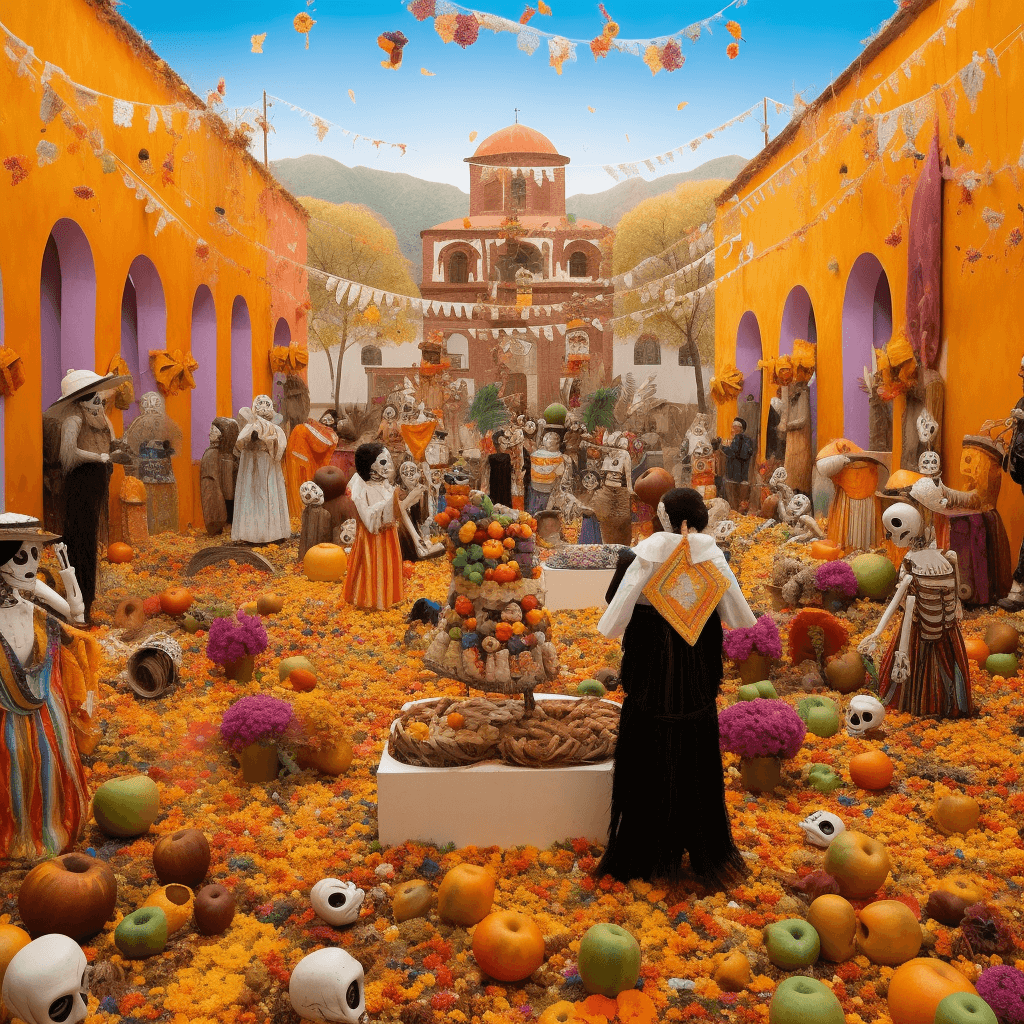
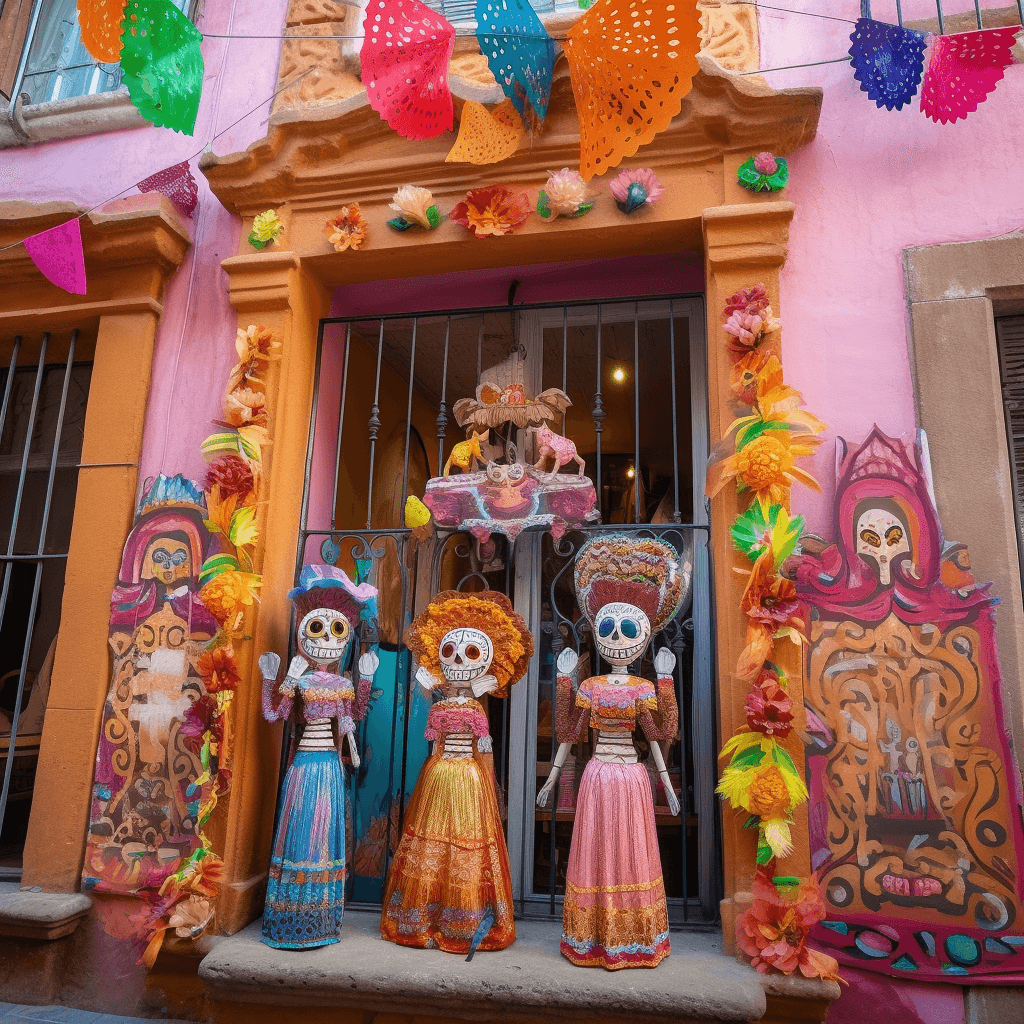
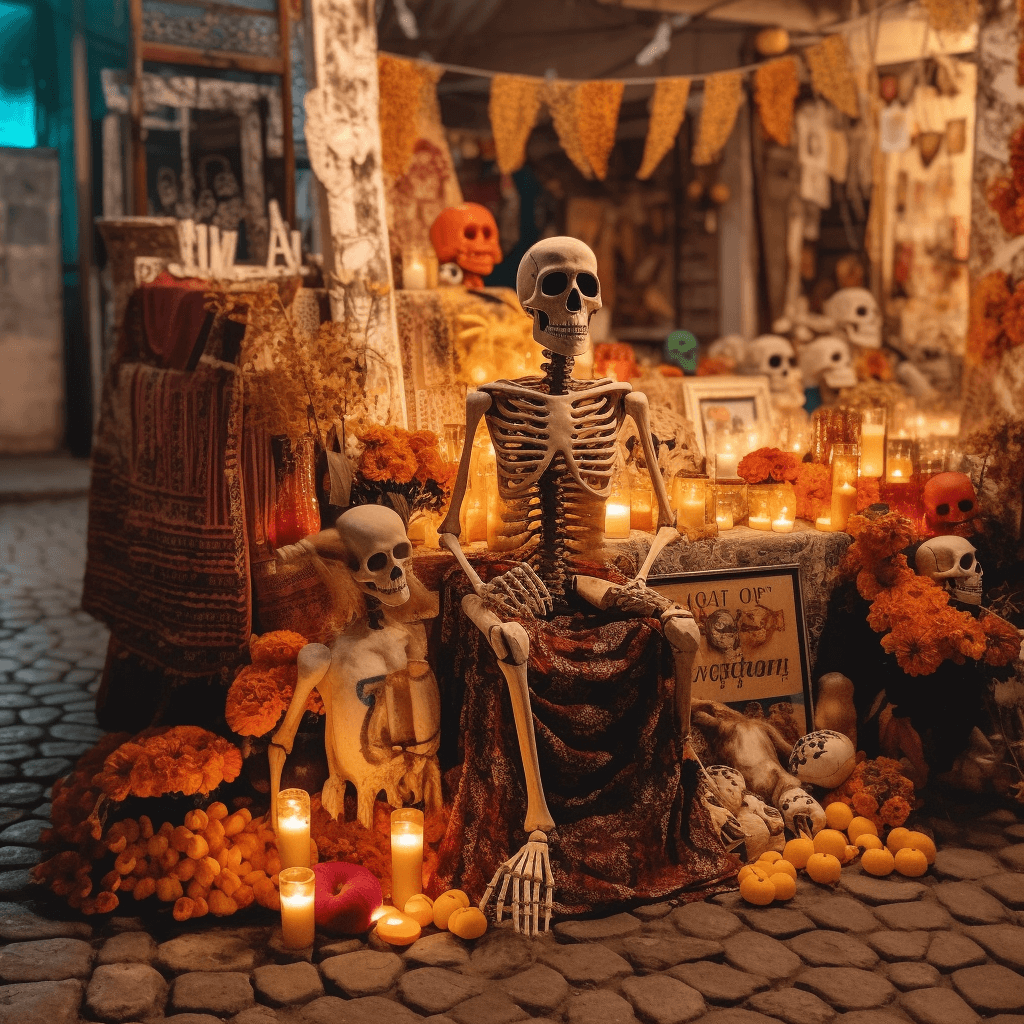
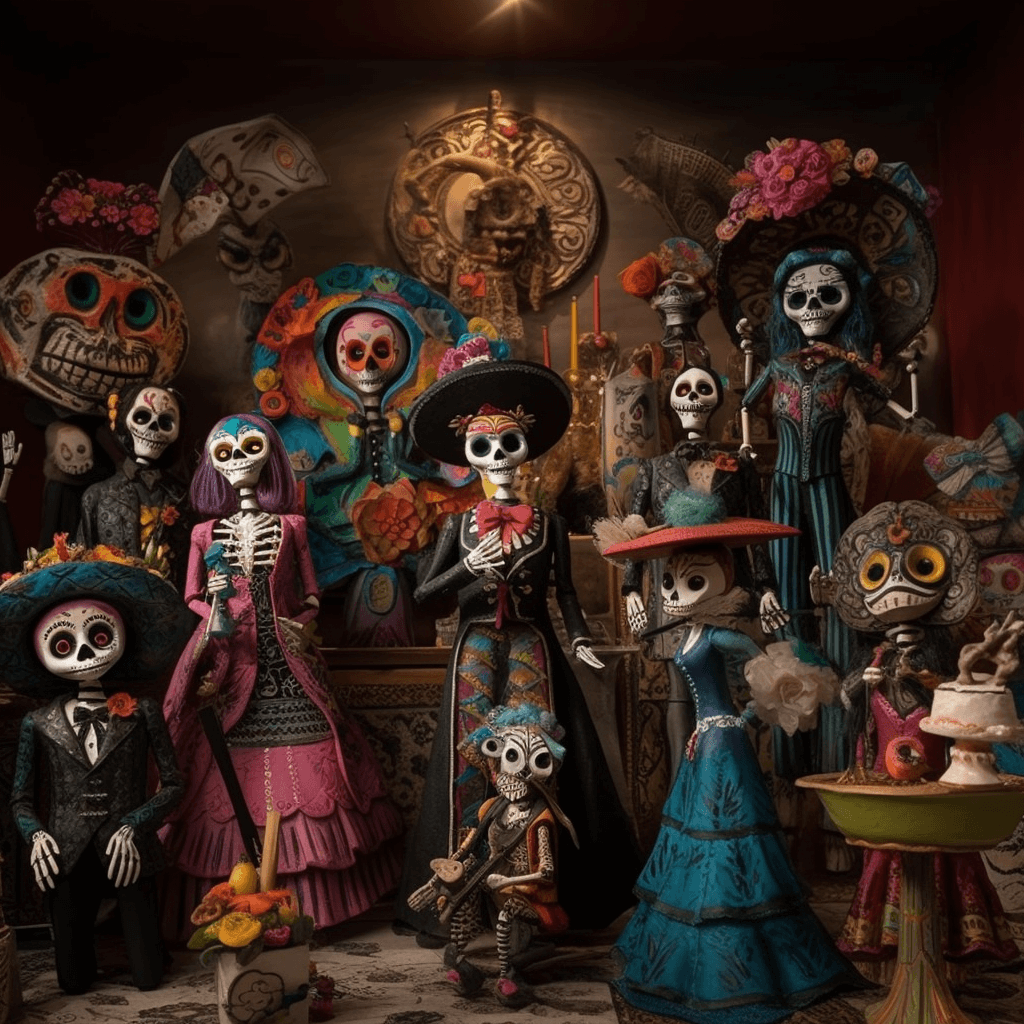
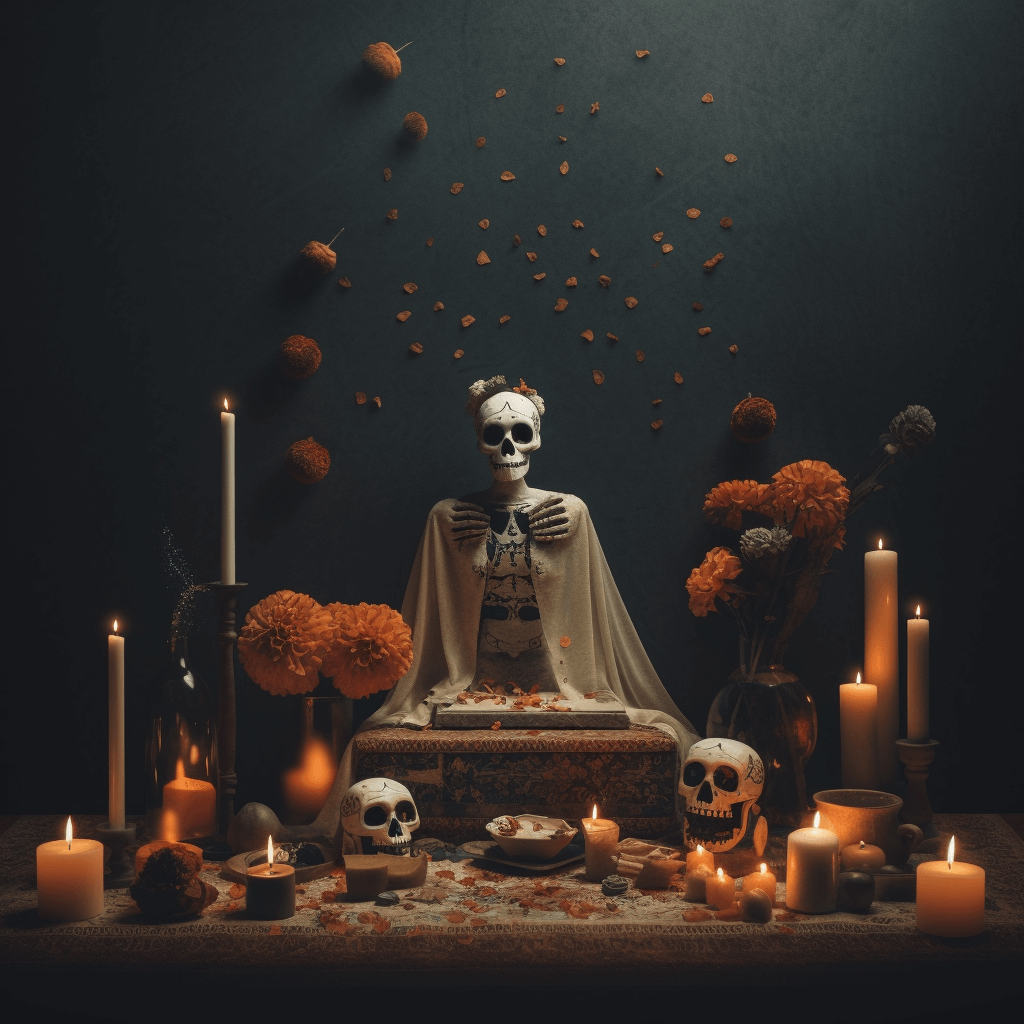
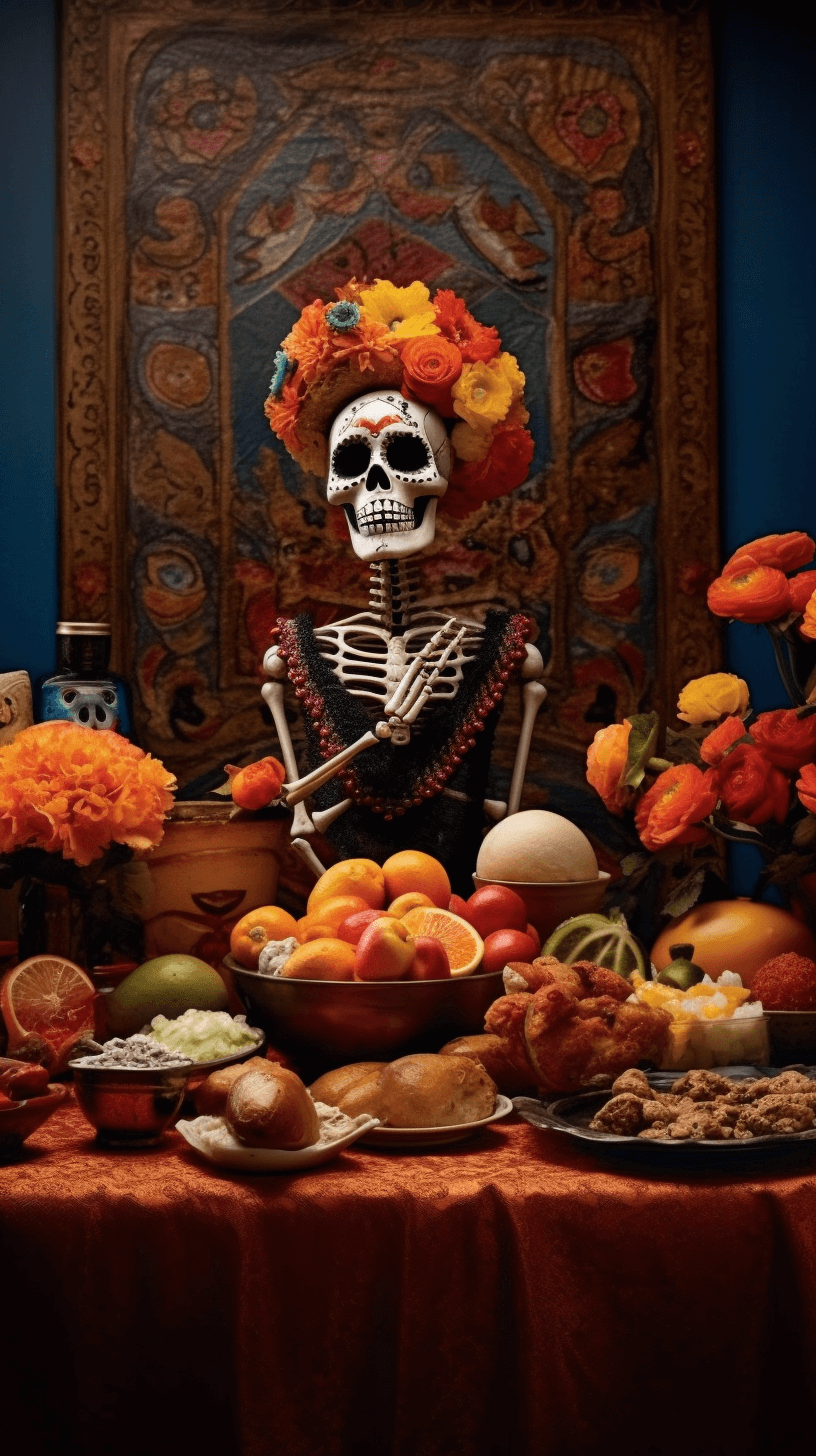






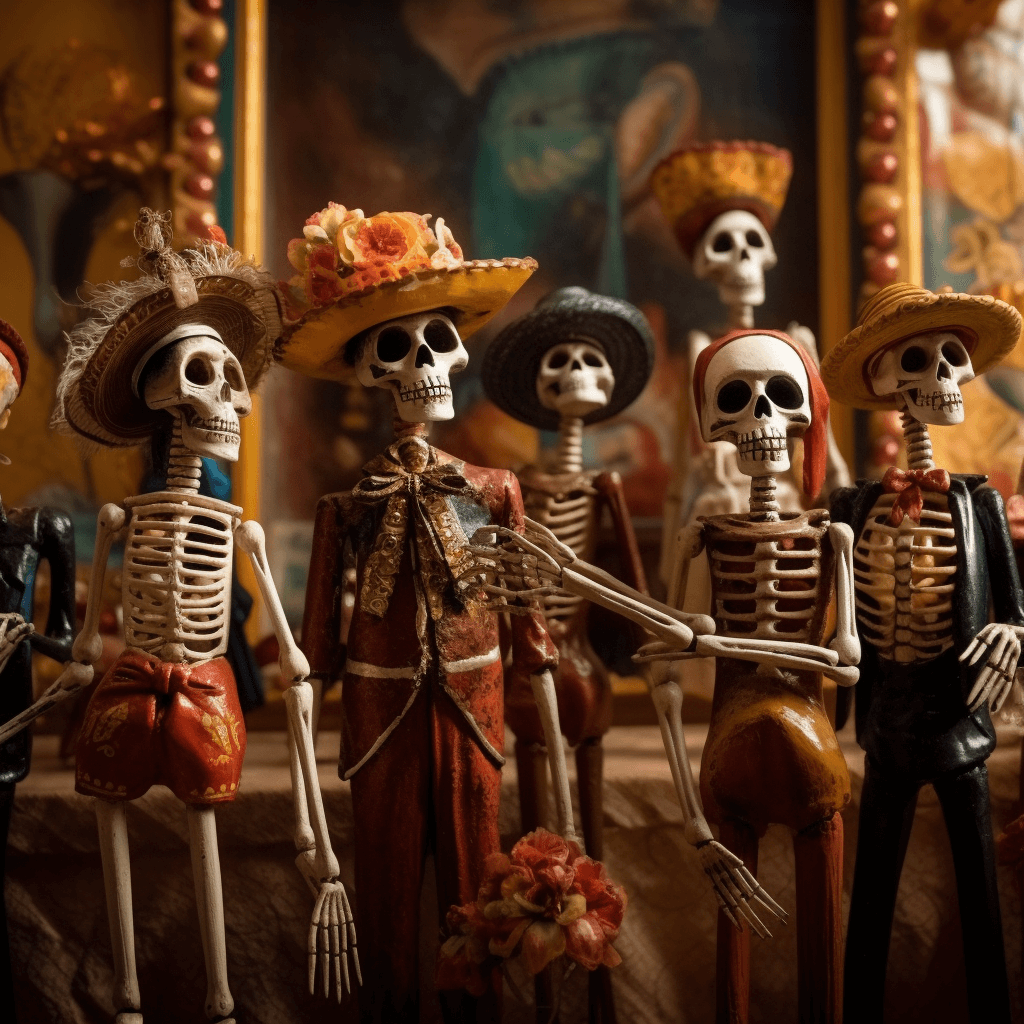


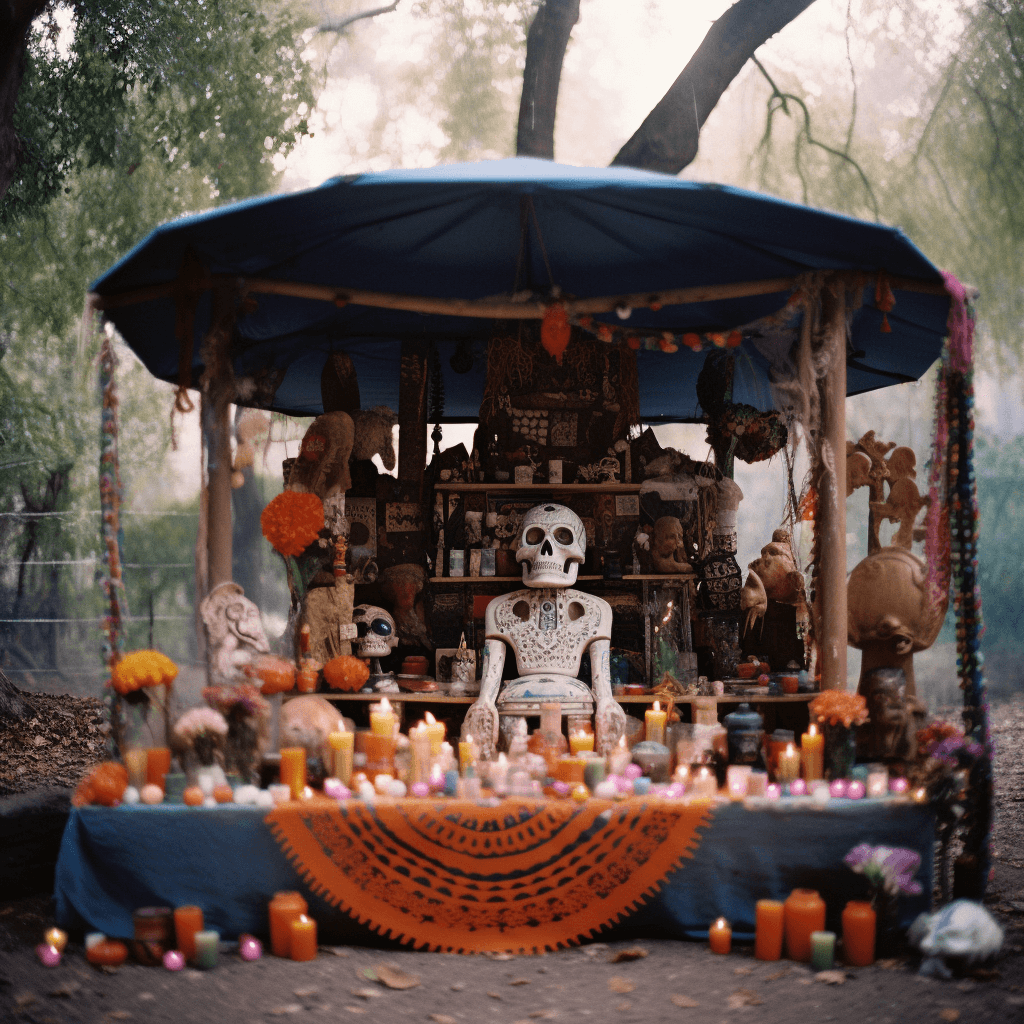
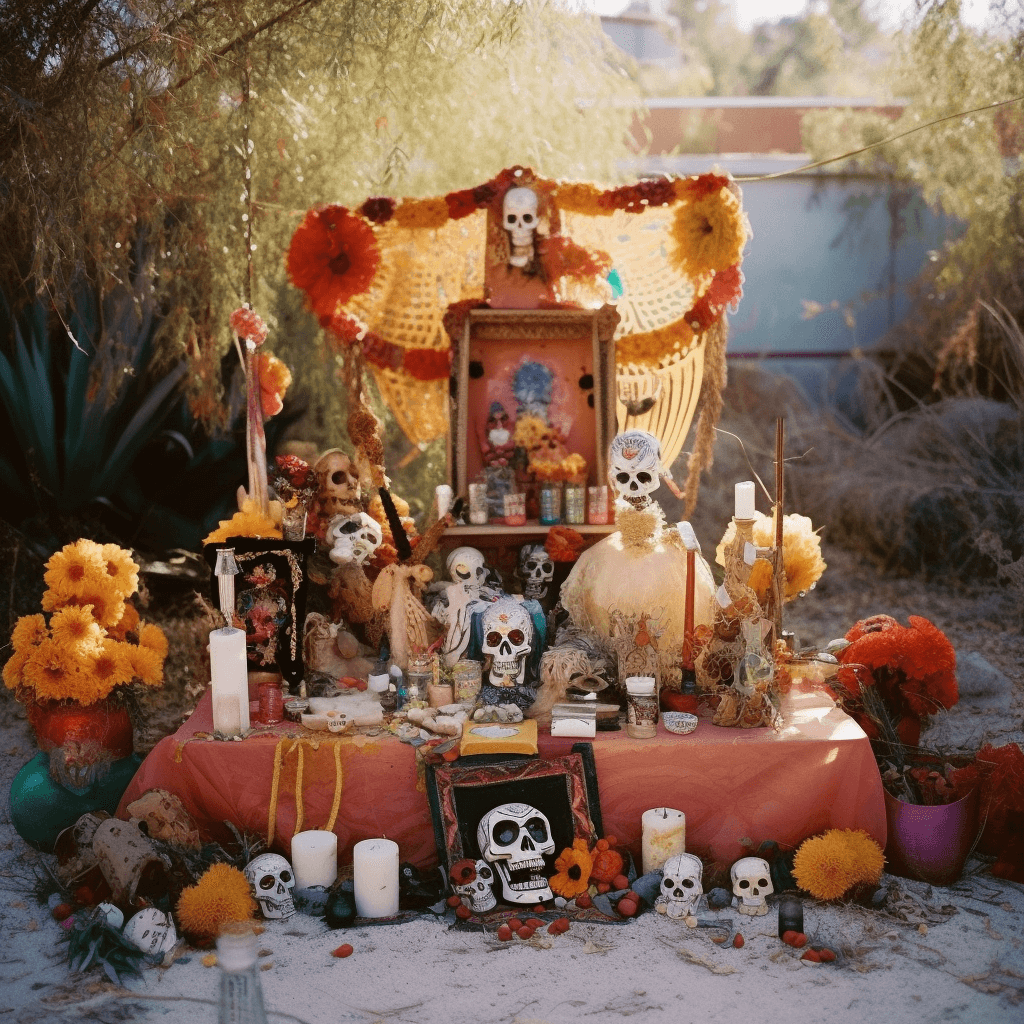
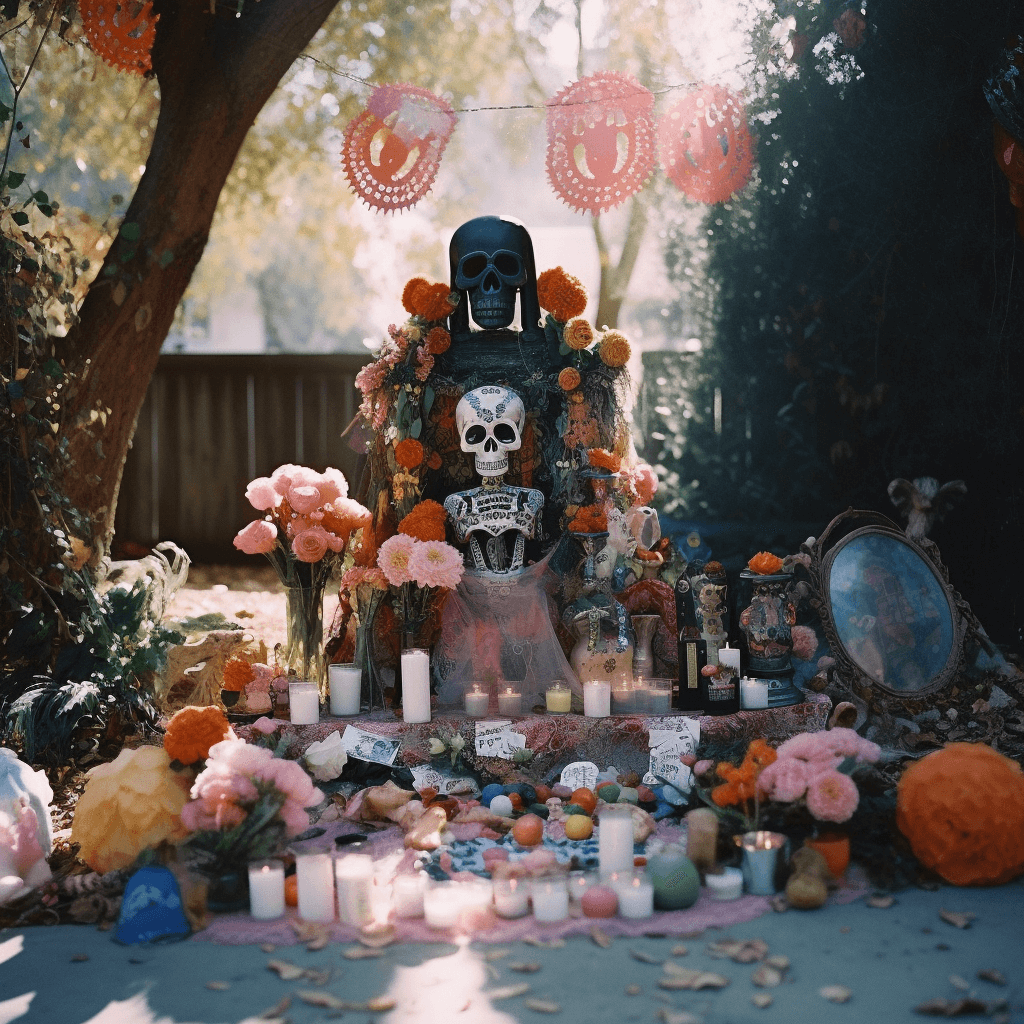
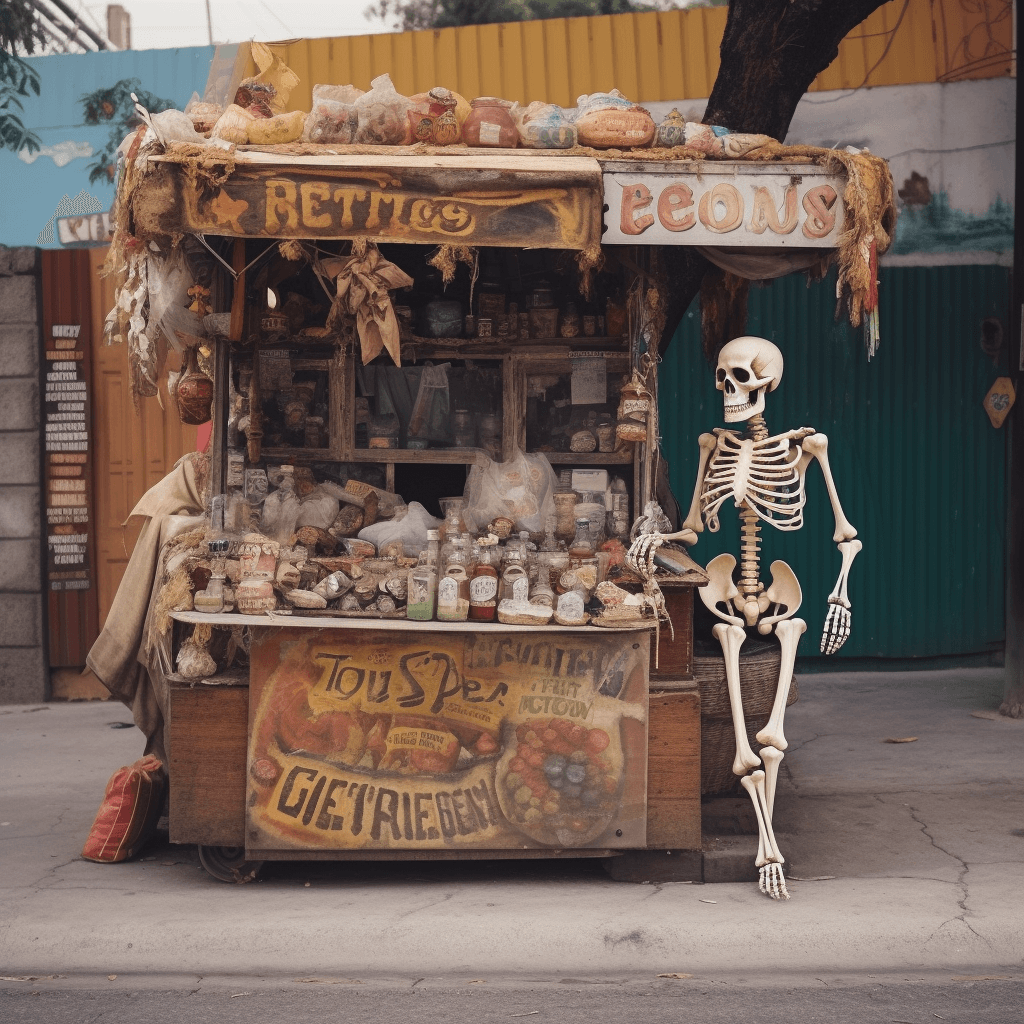
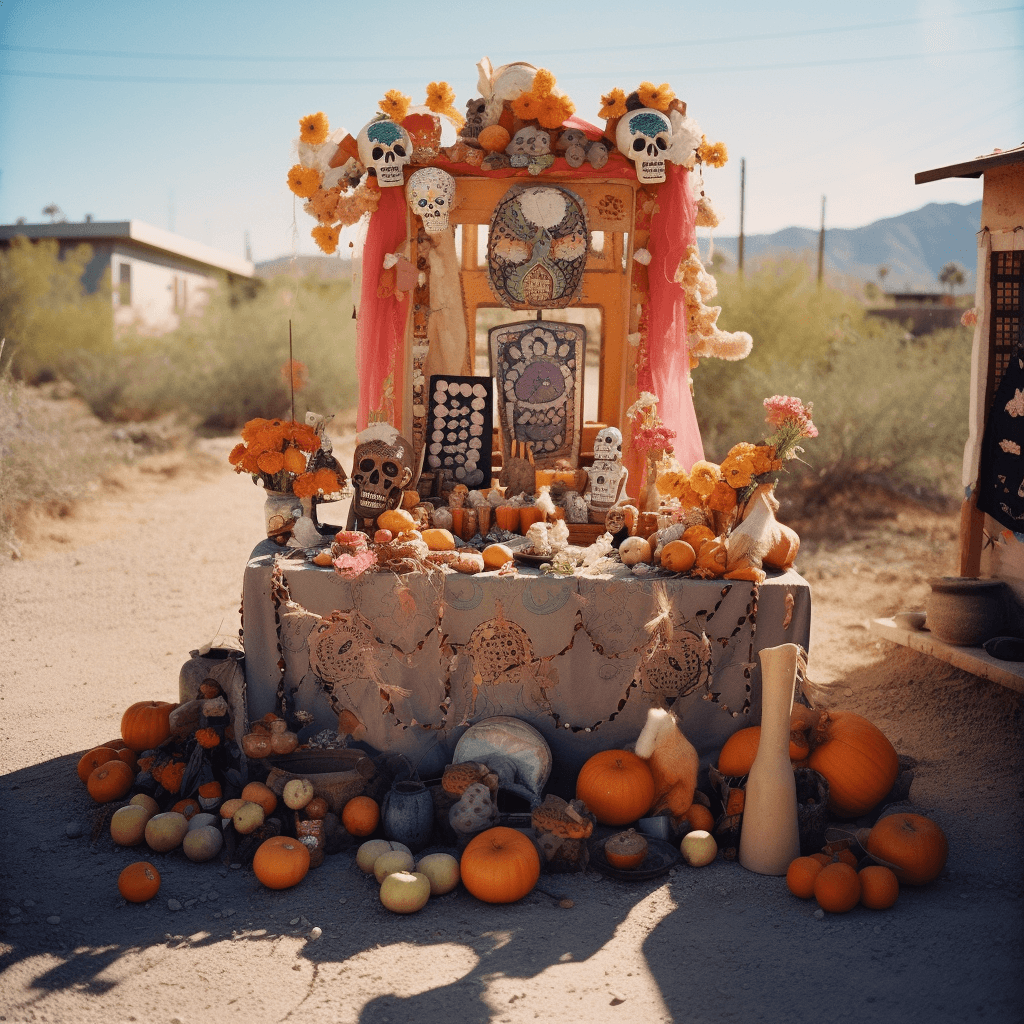
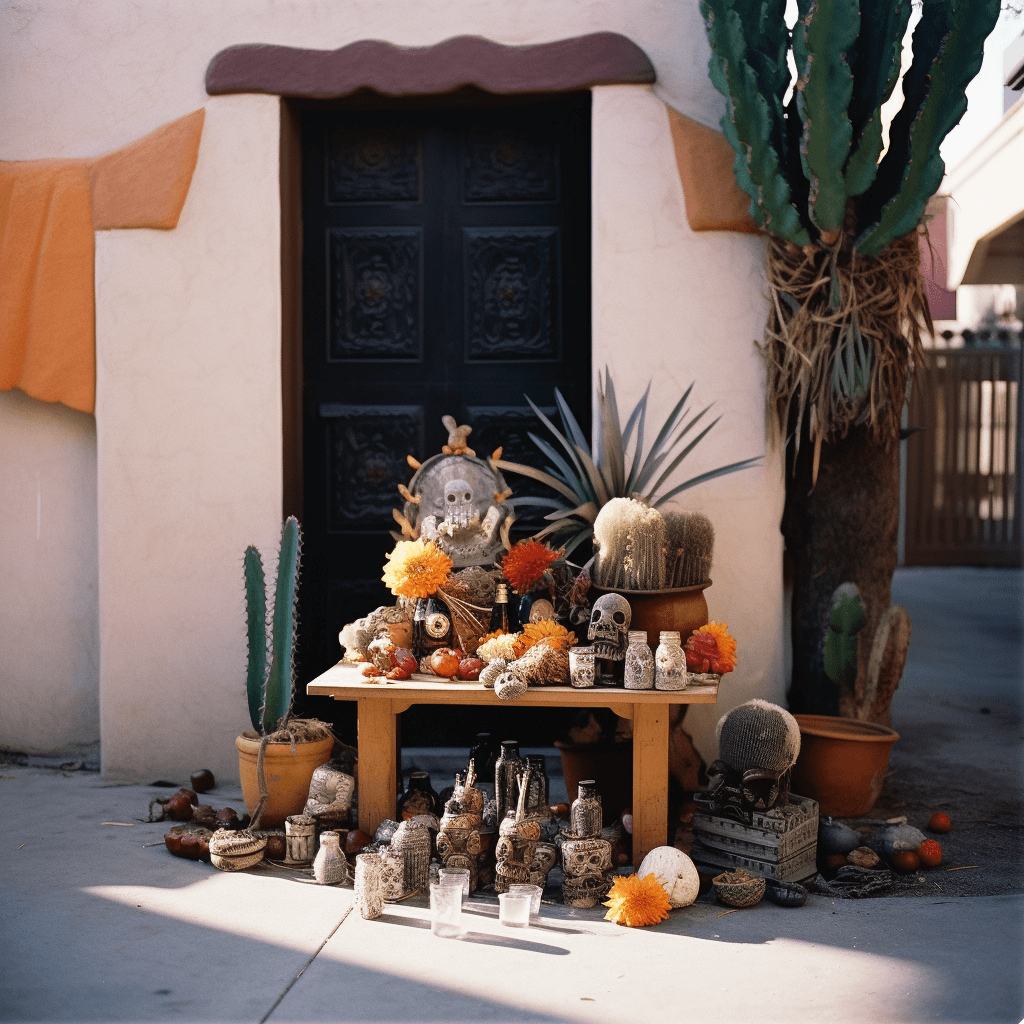



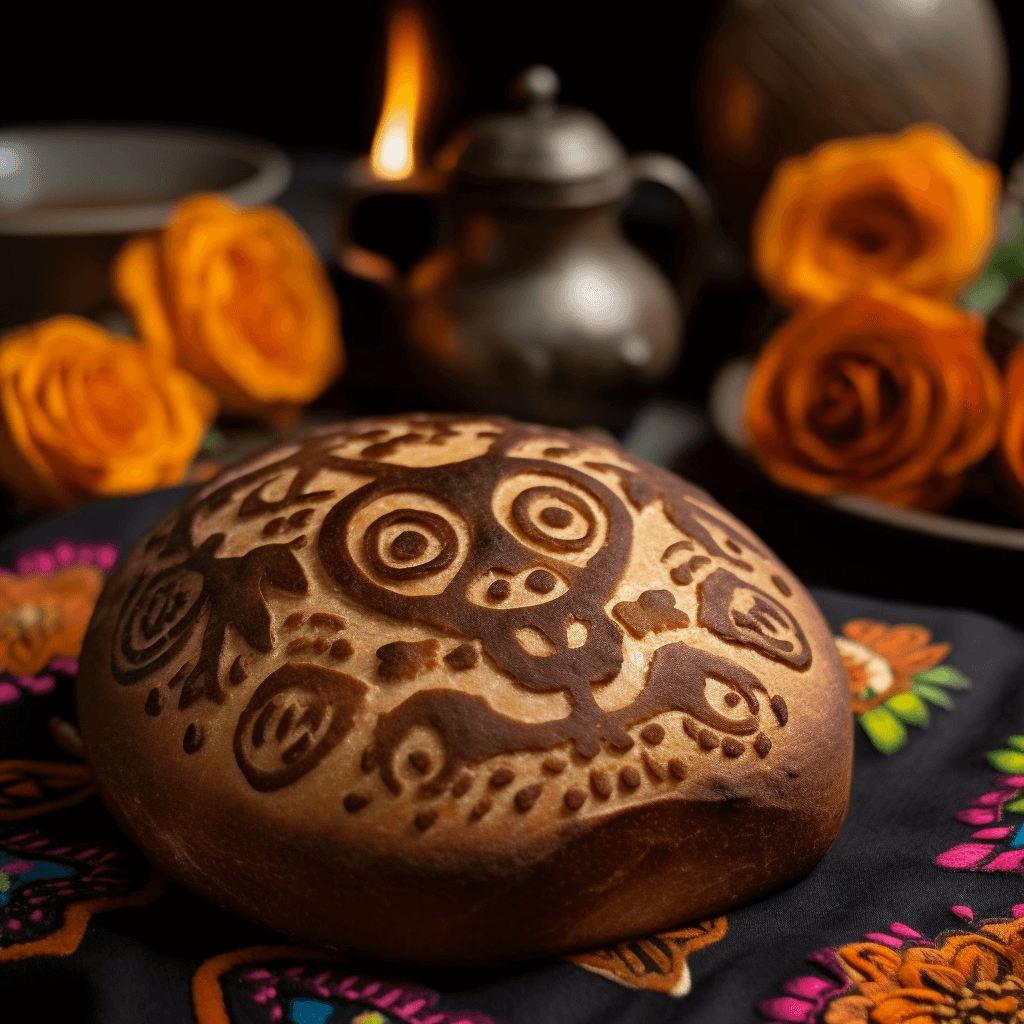
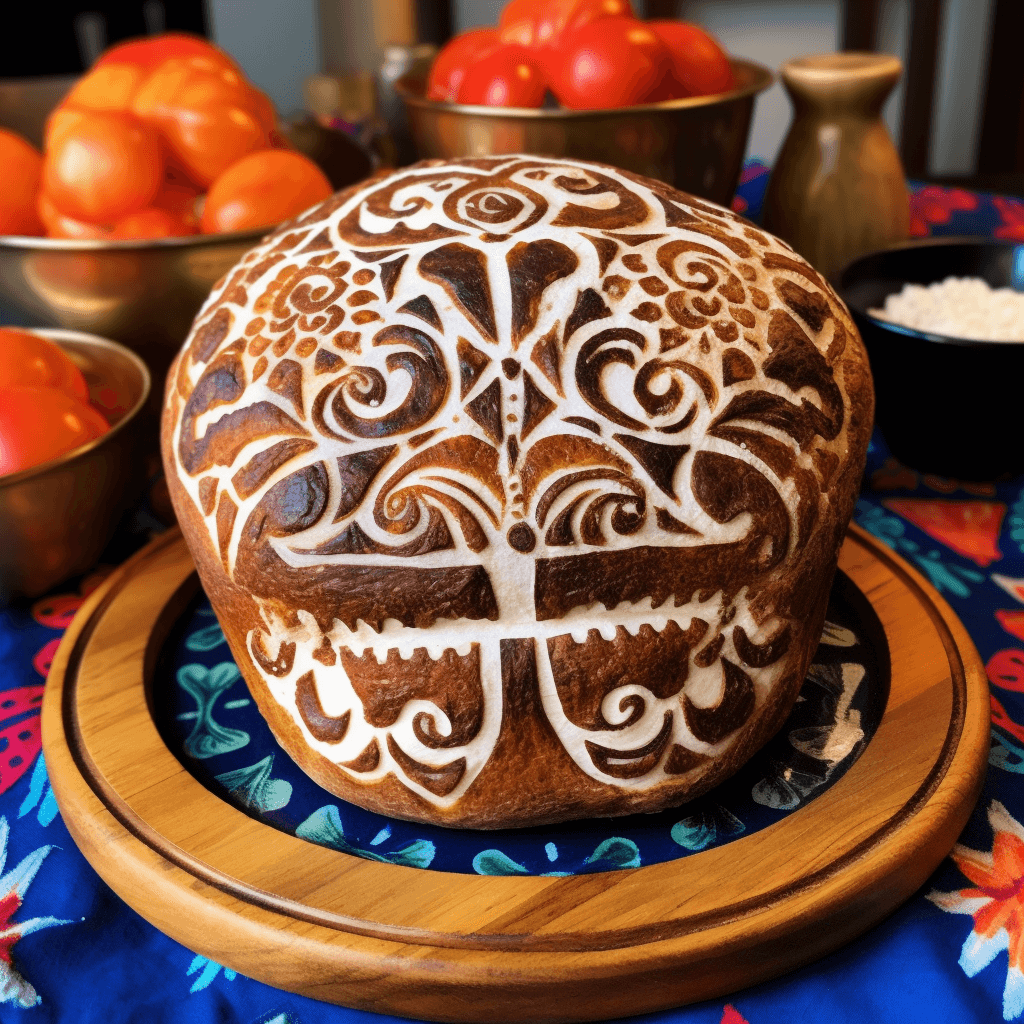
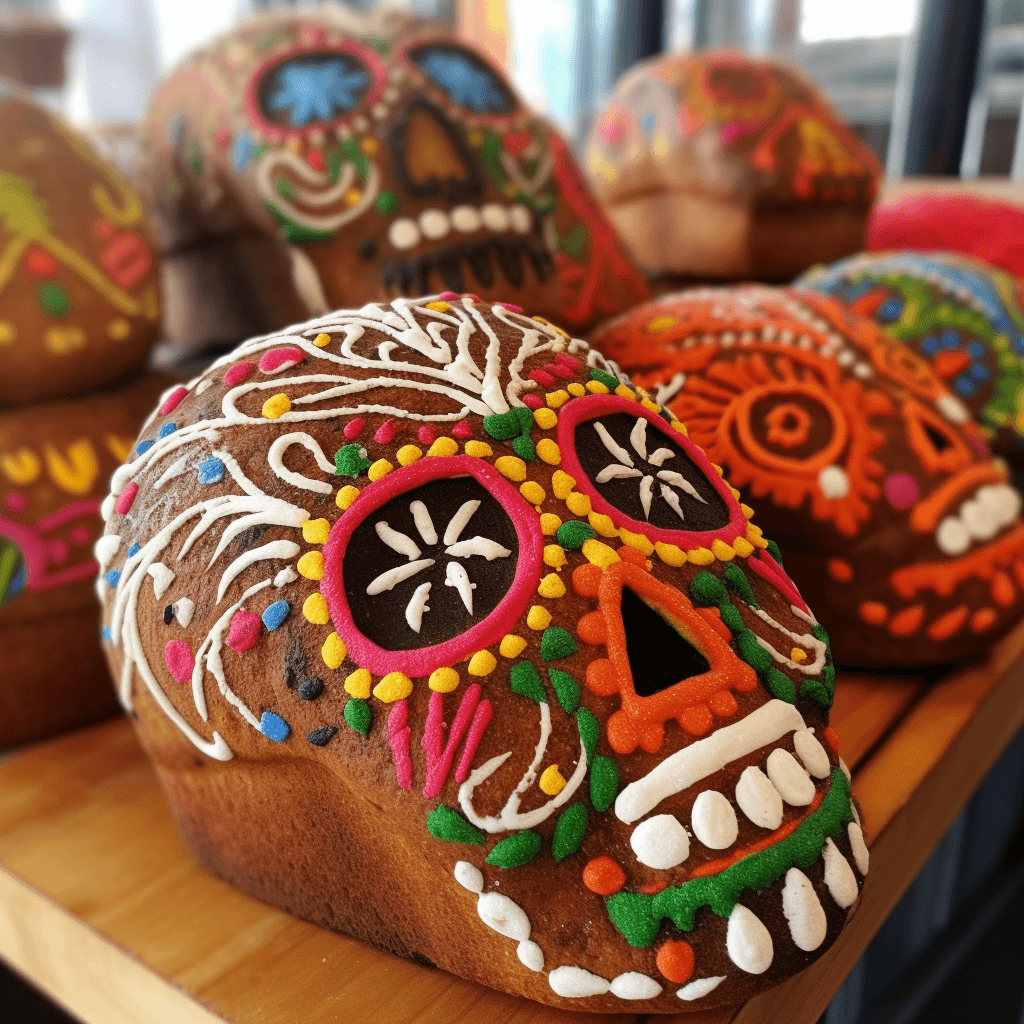
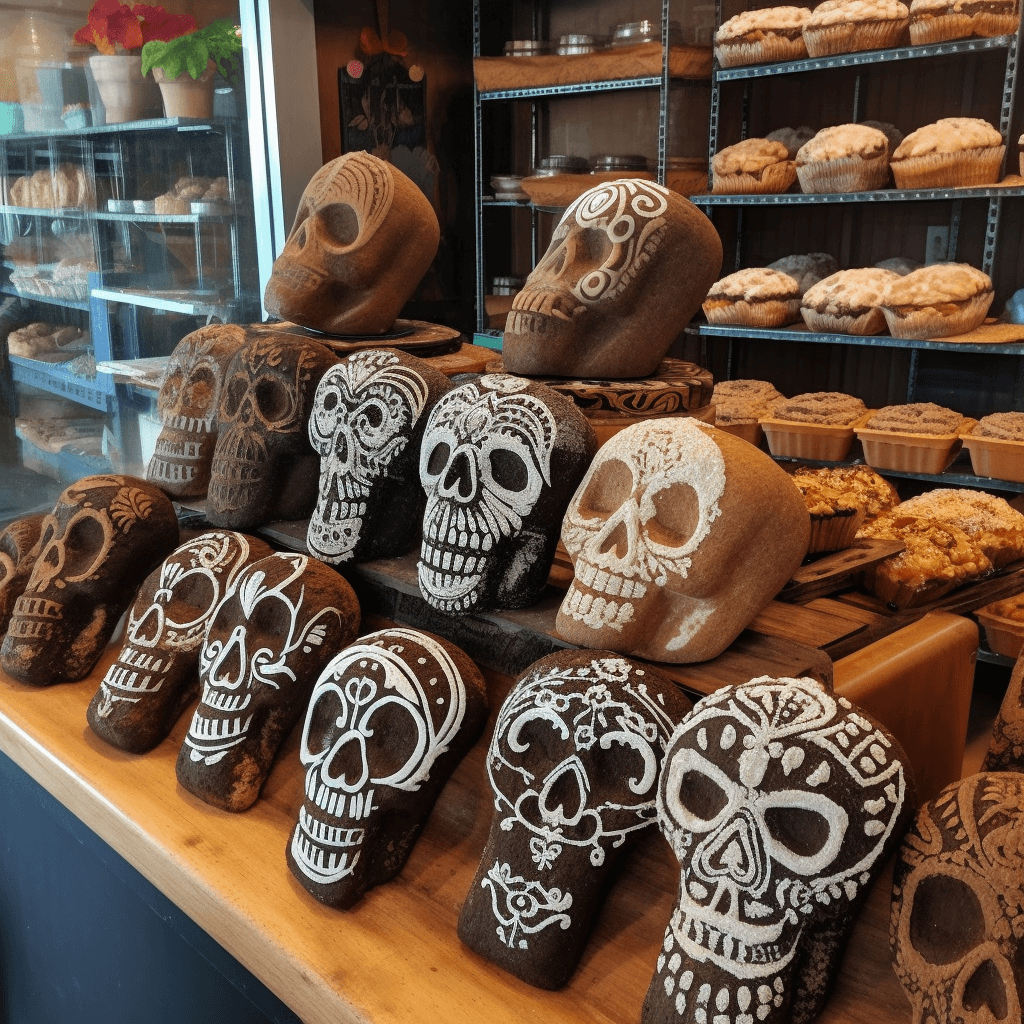
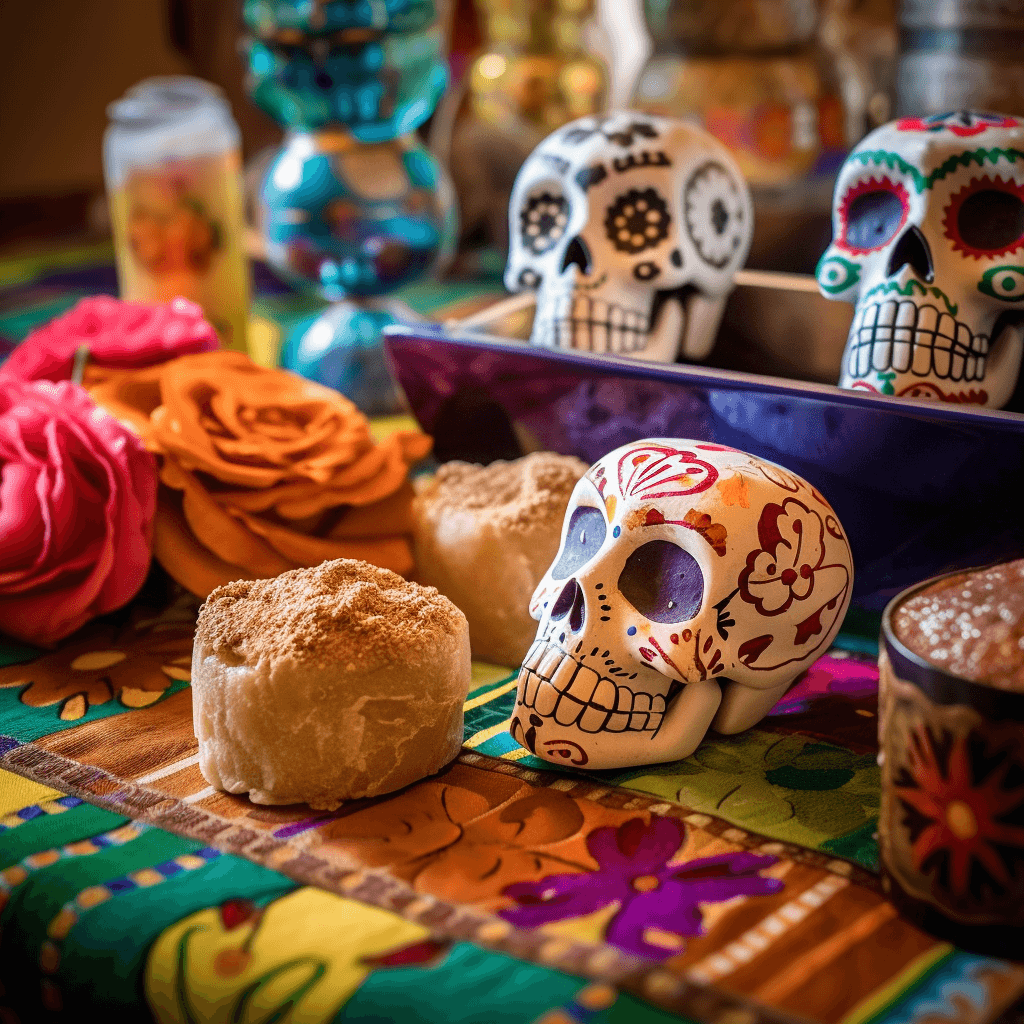
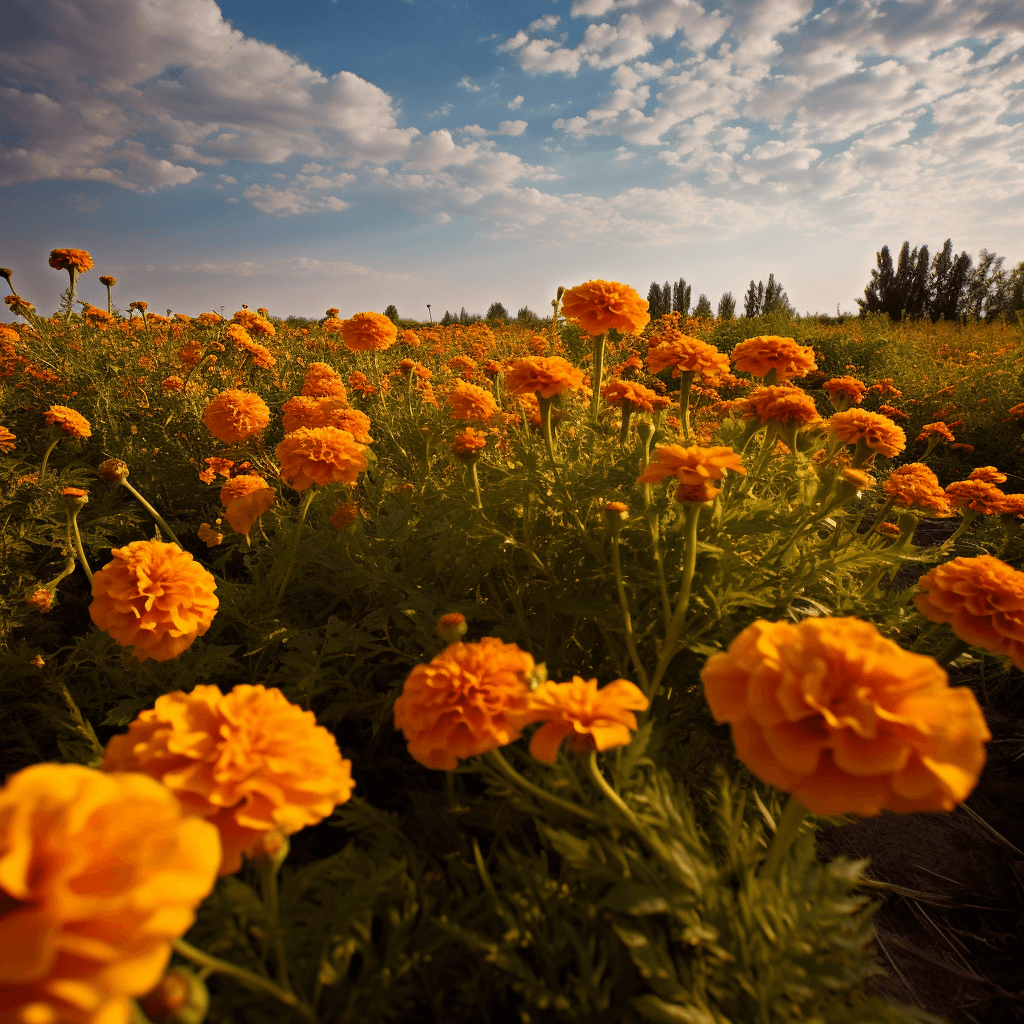


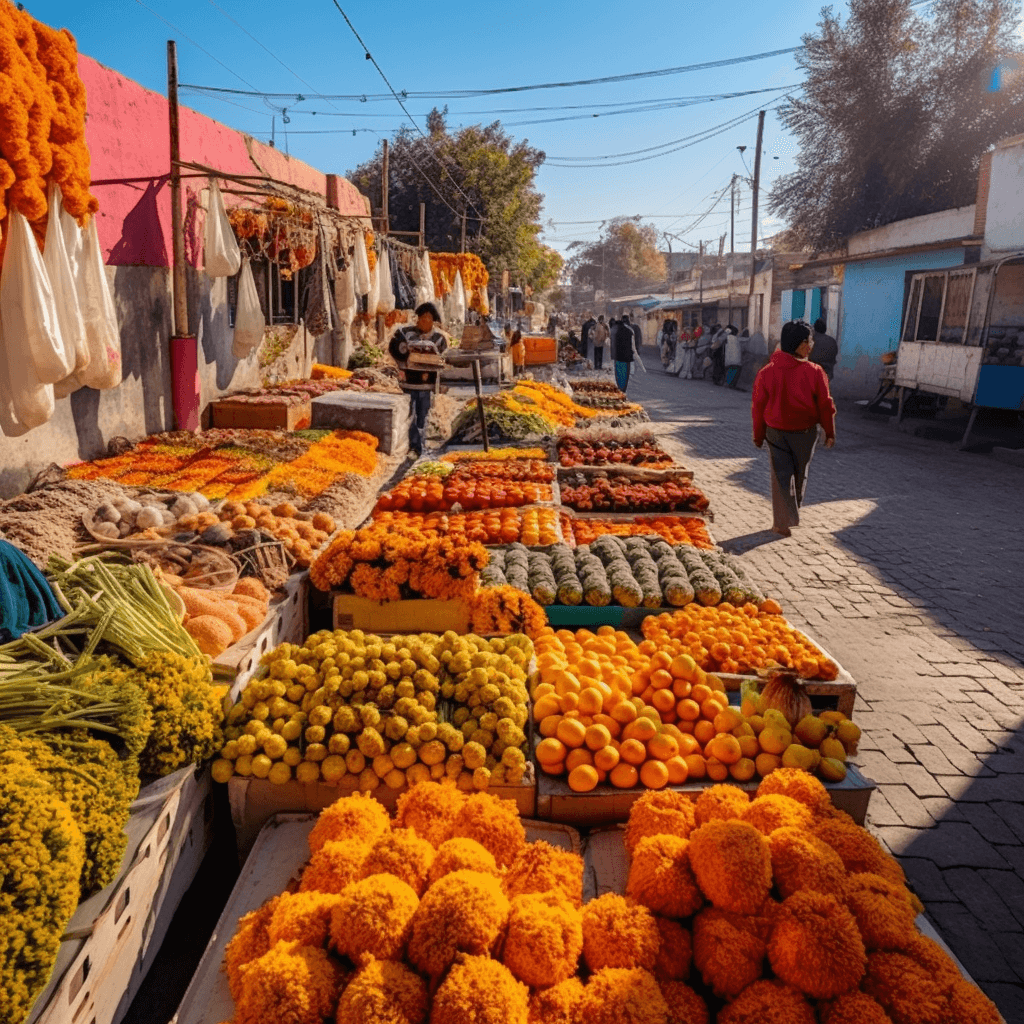
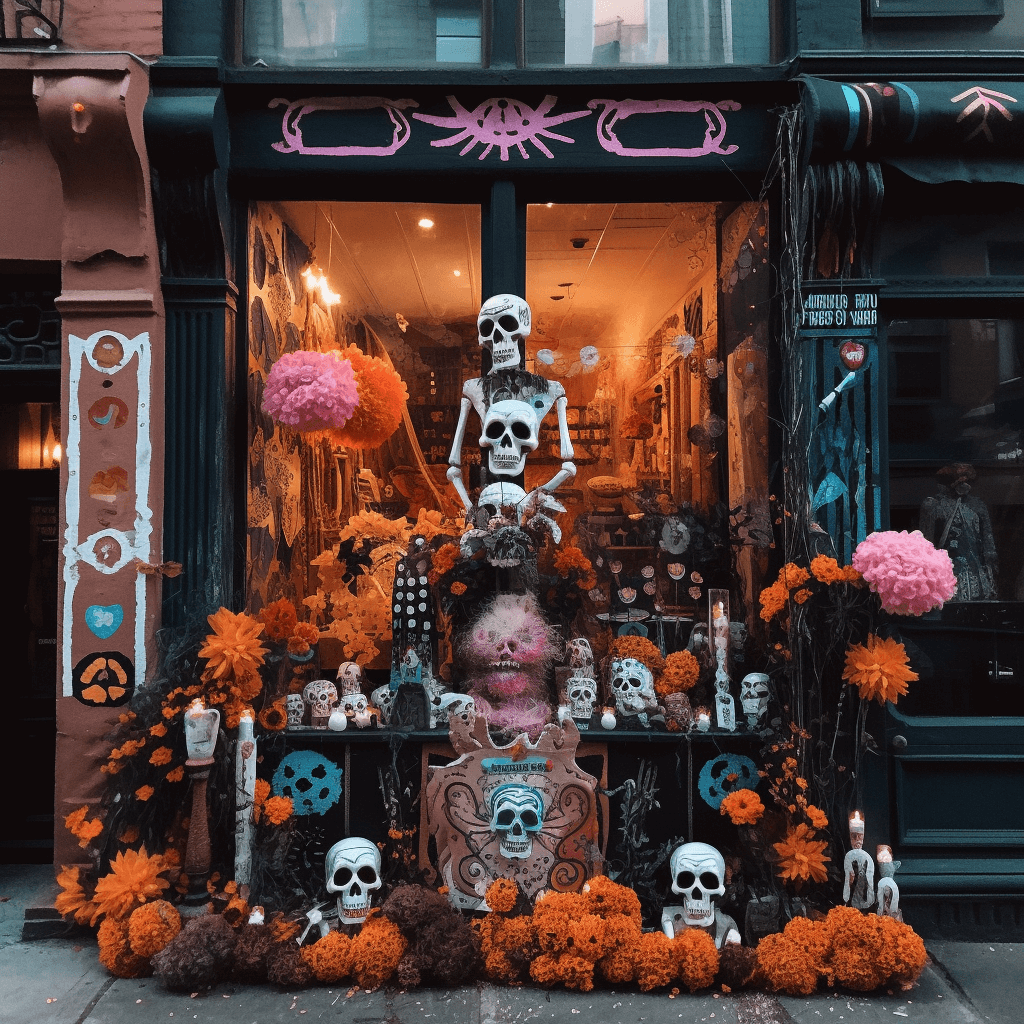
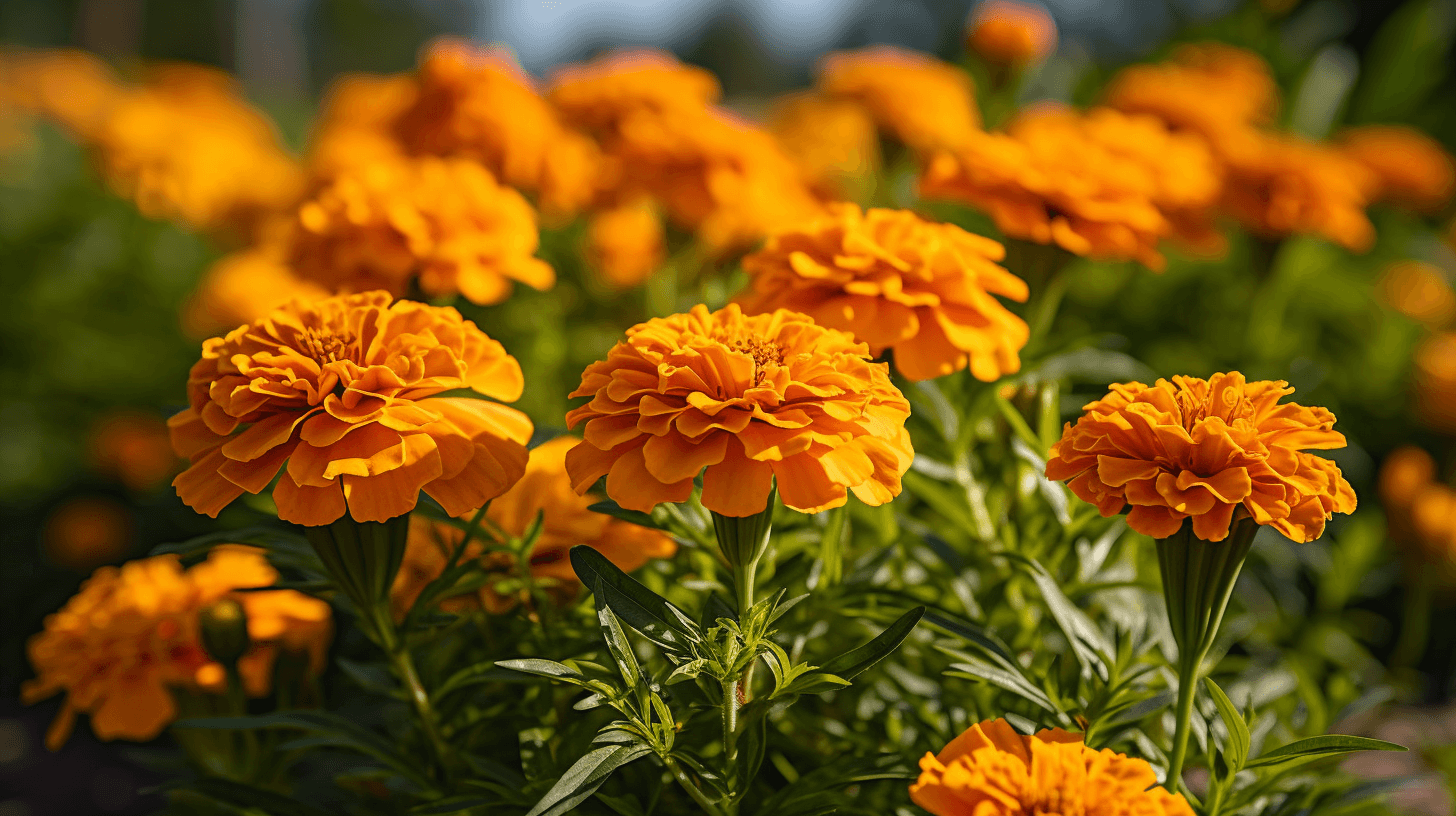
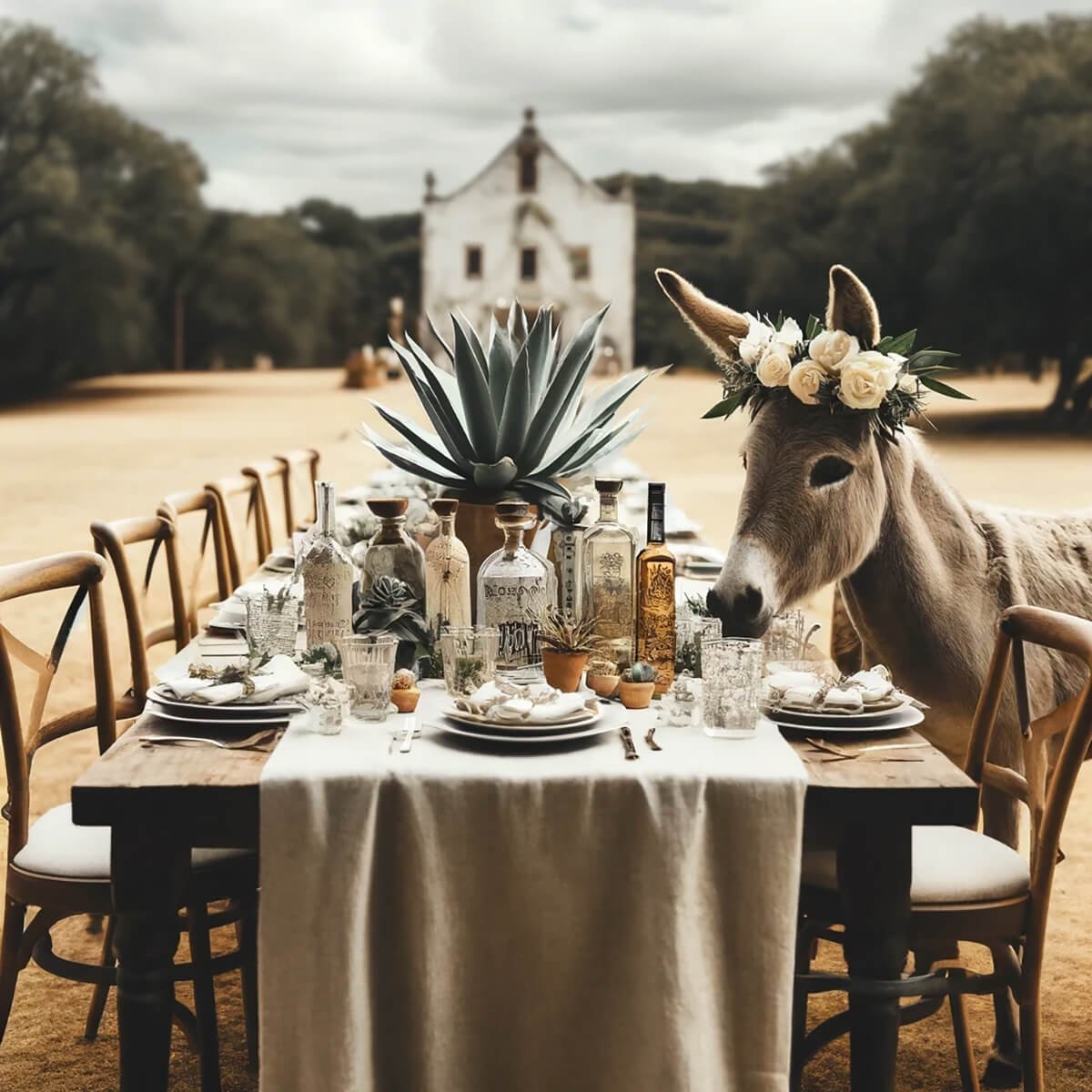

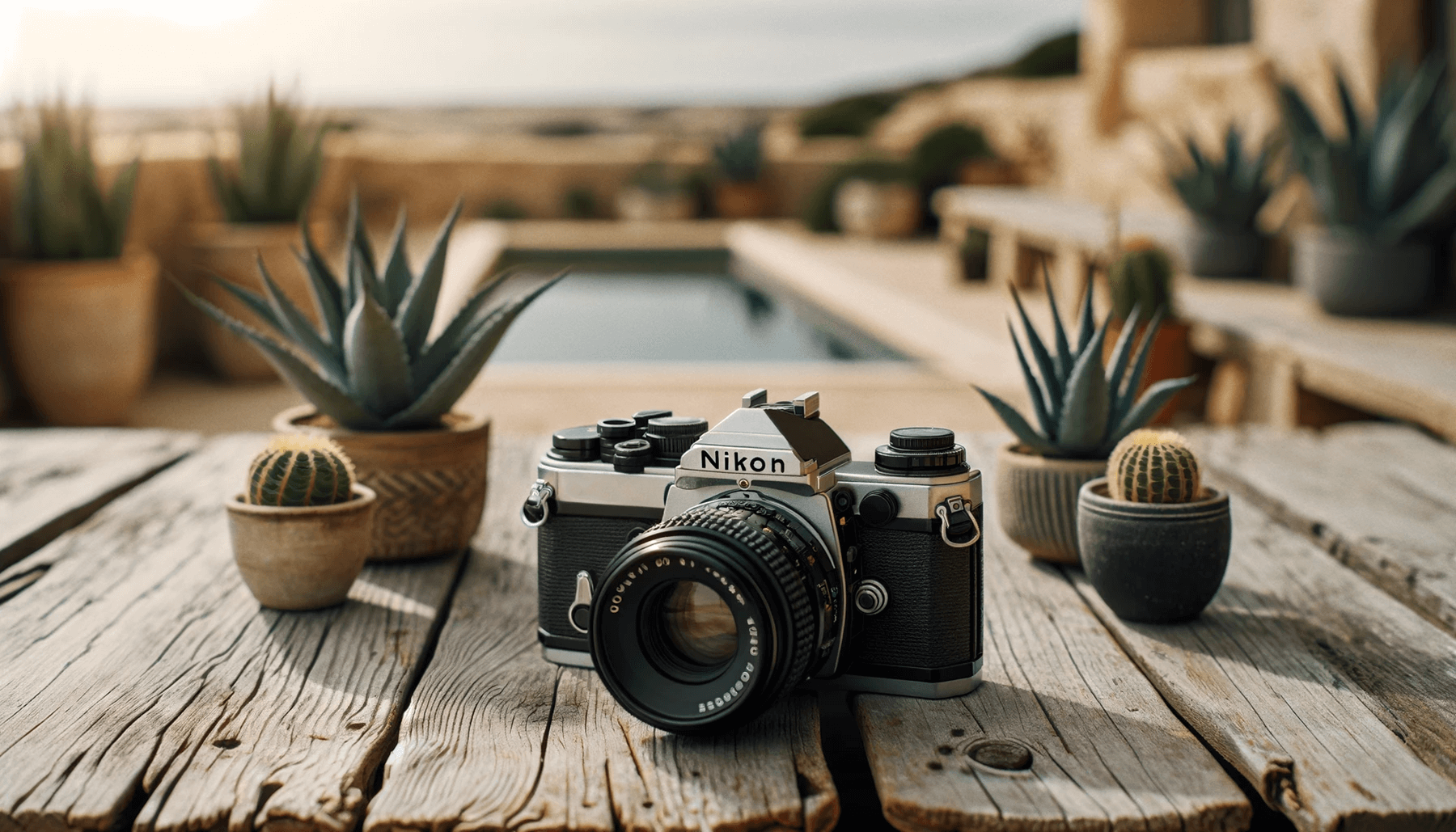













Year round out of the box locations to propose to your fiancé in Los Angeles.